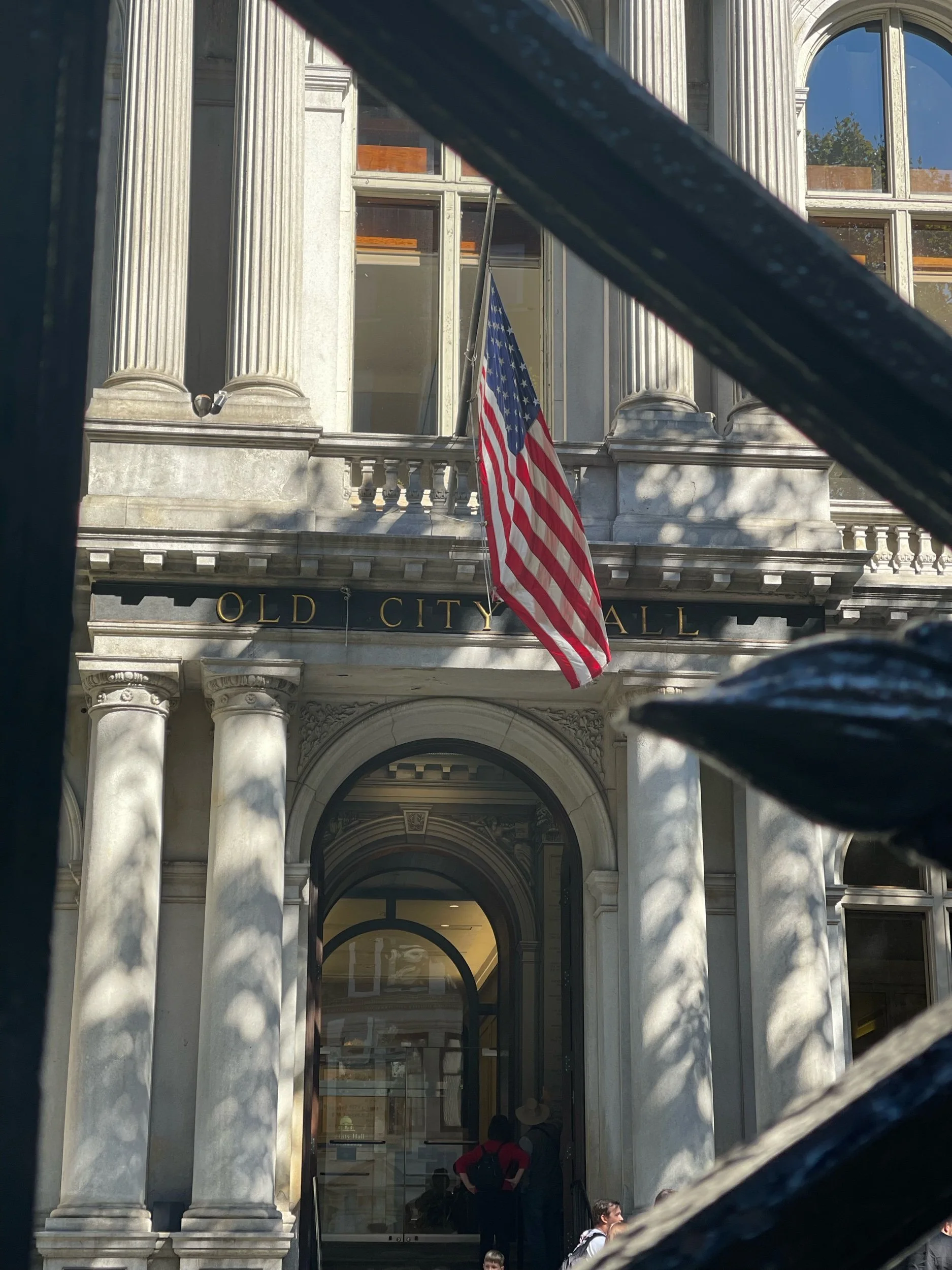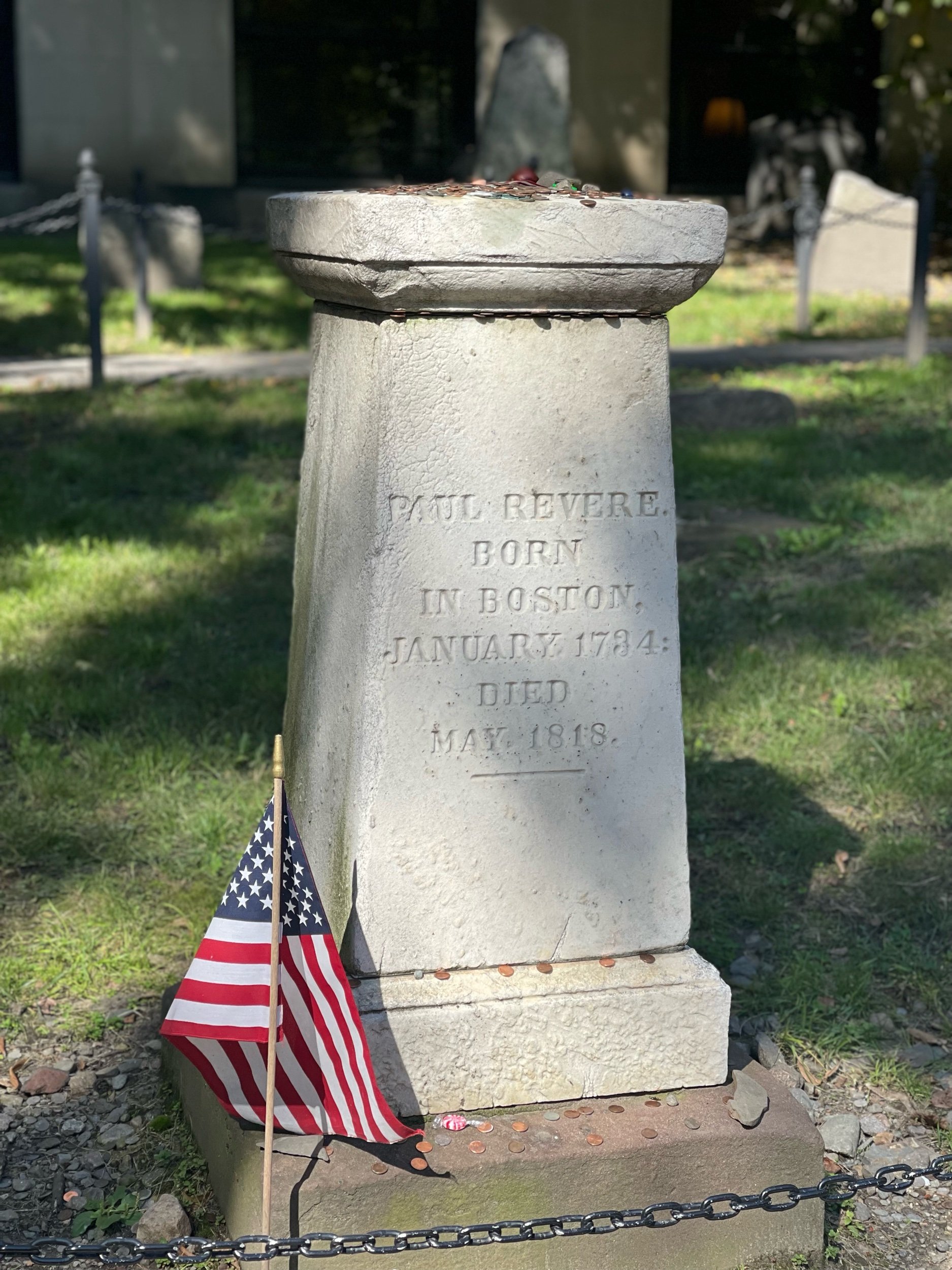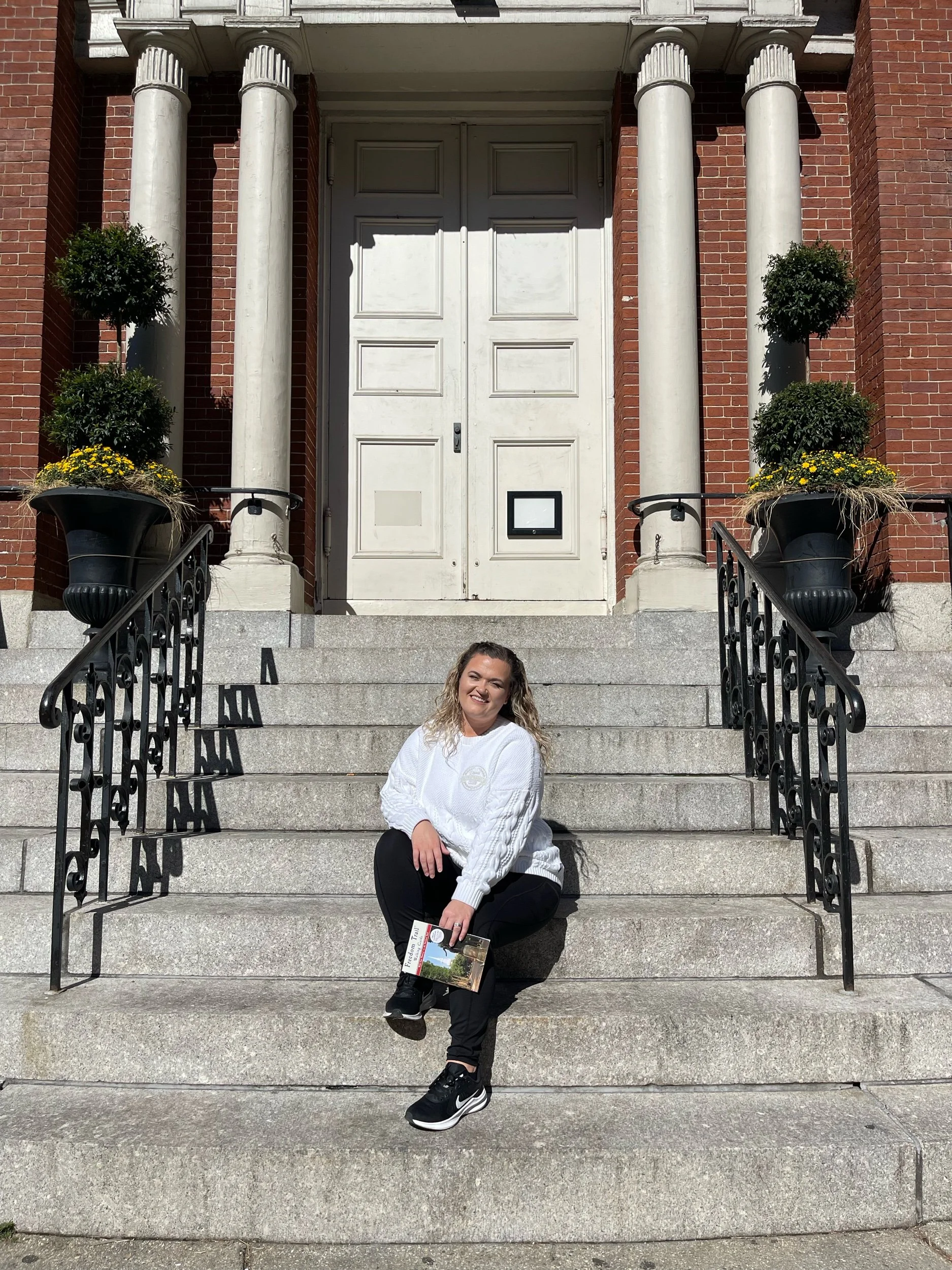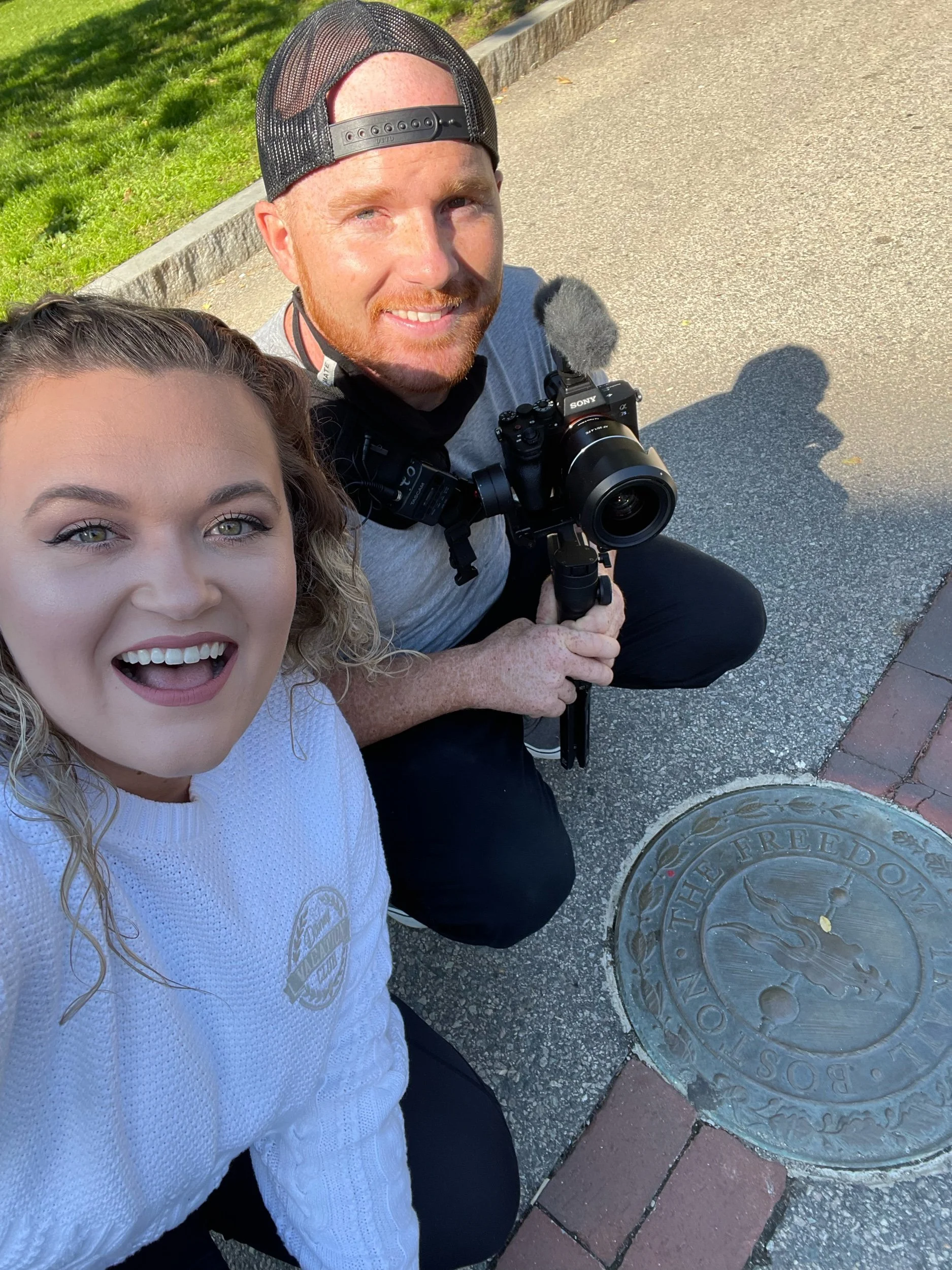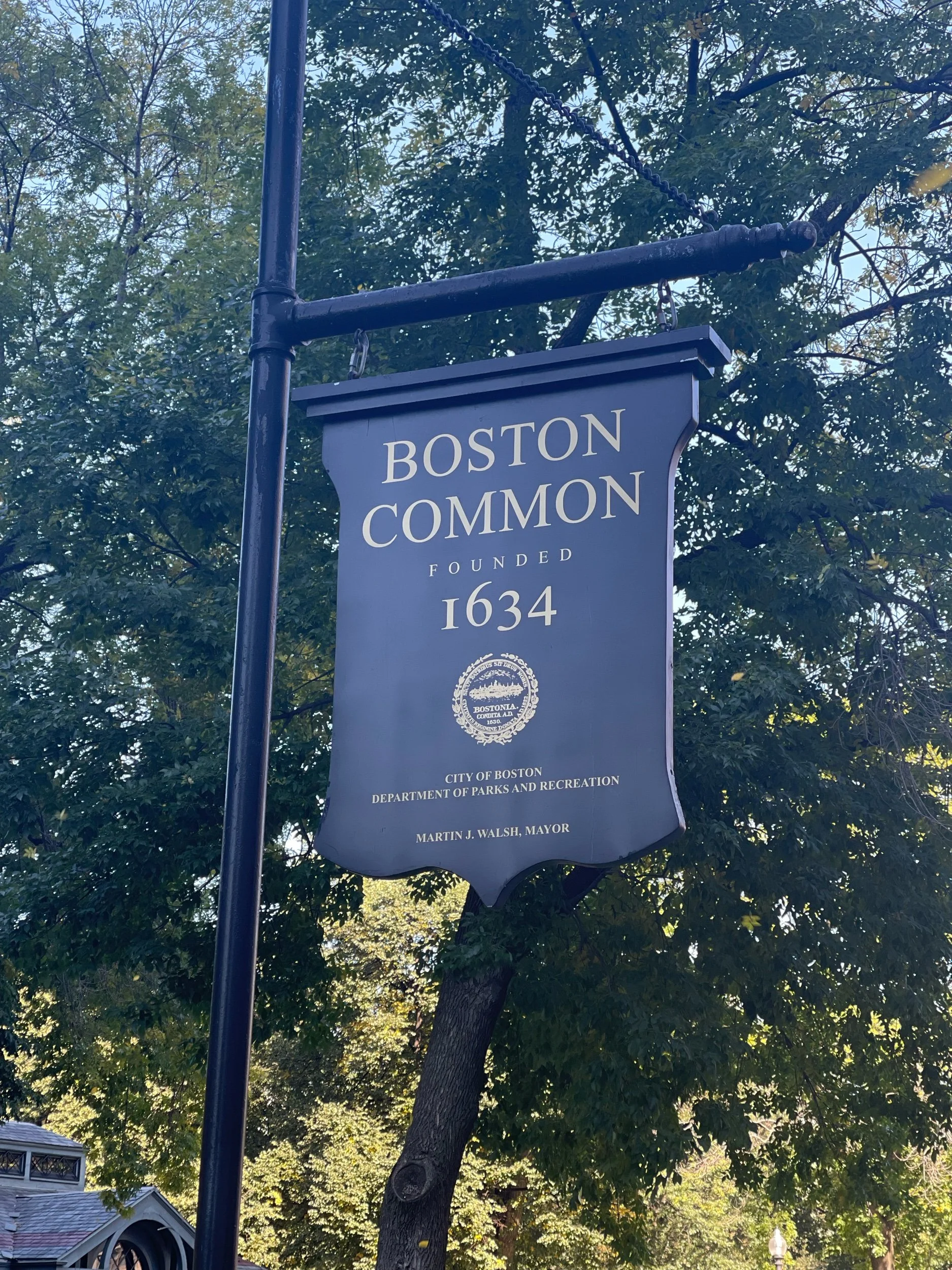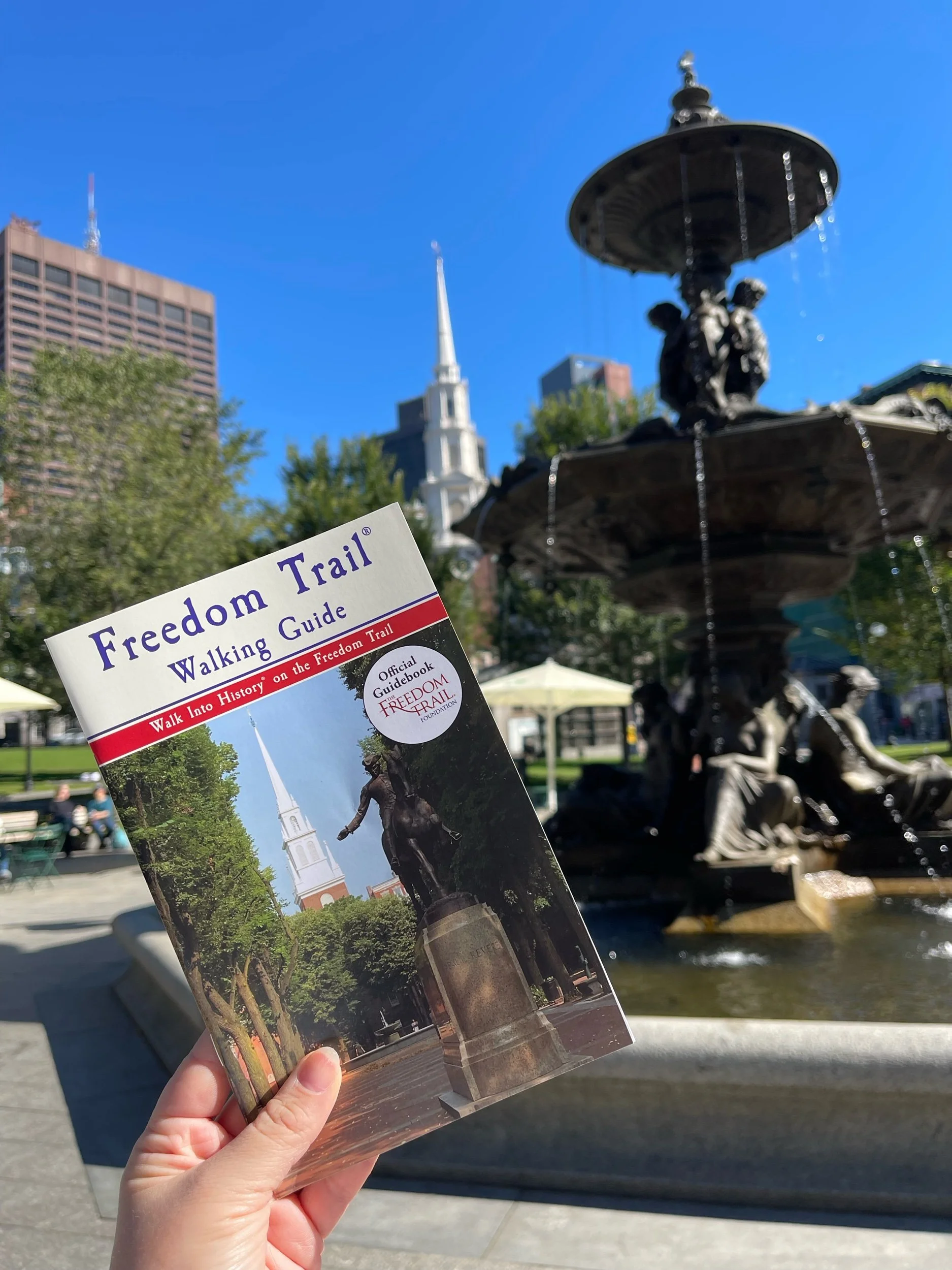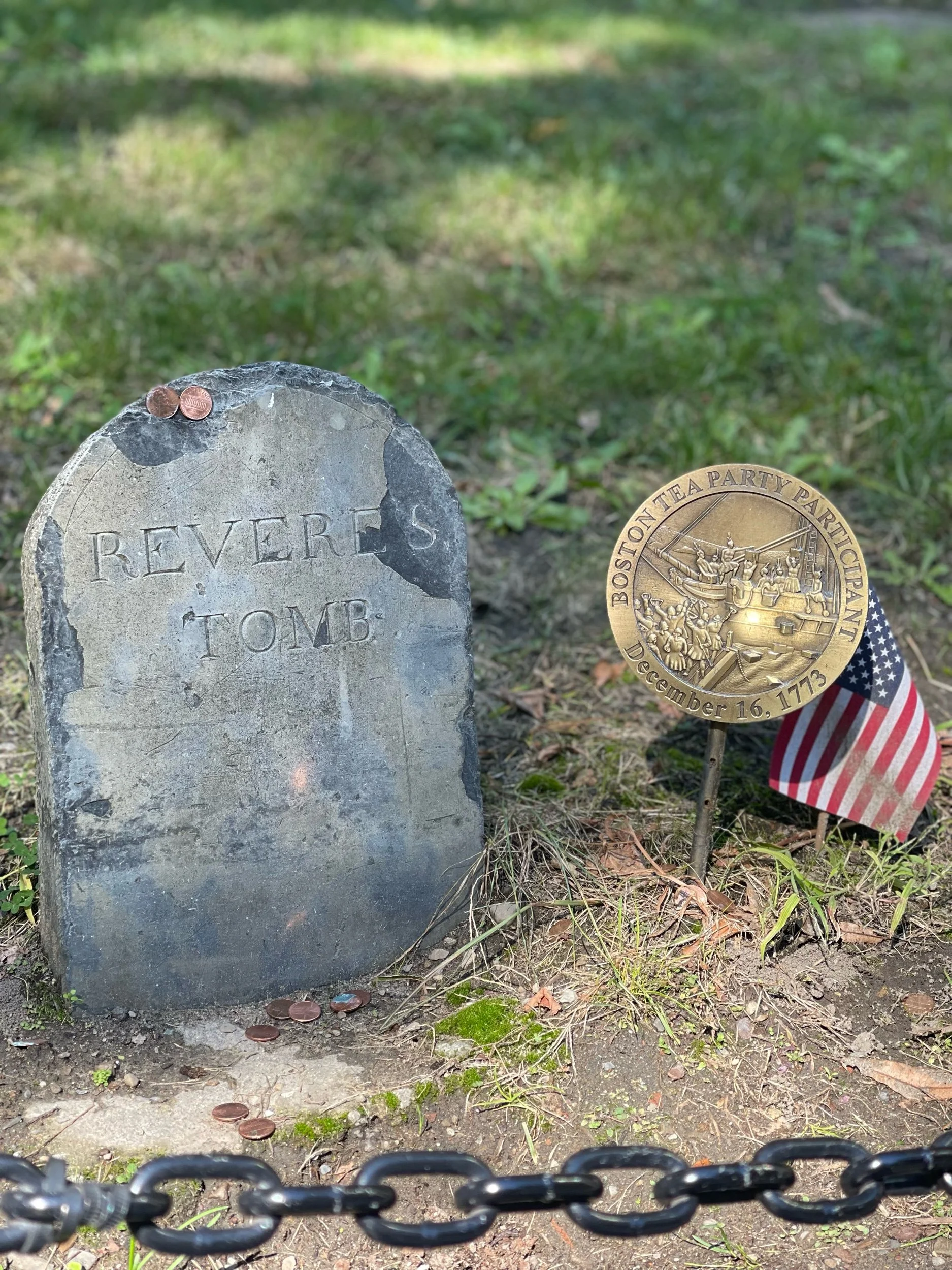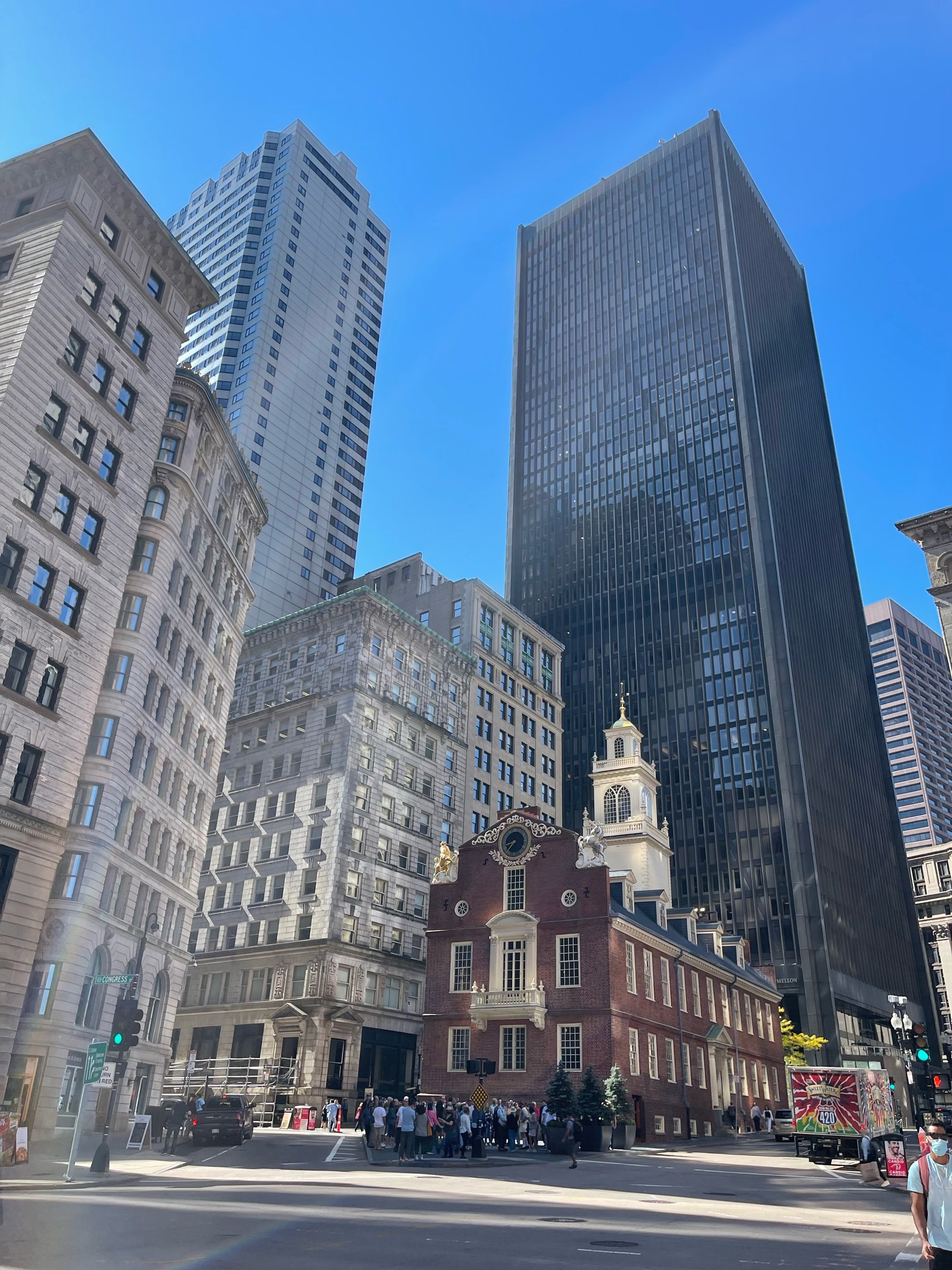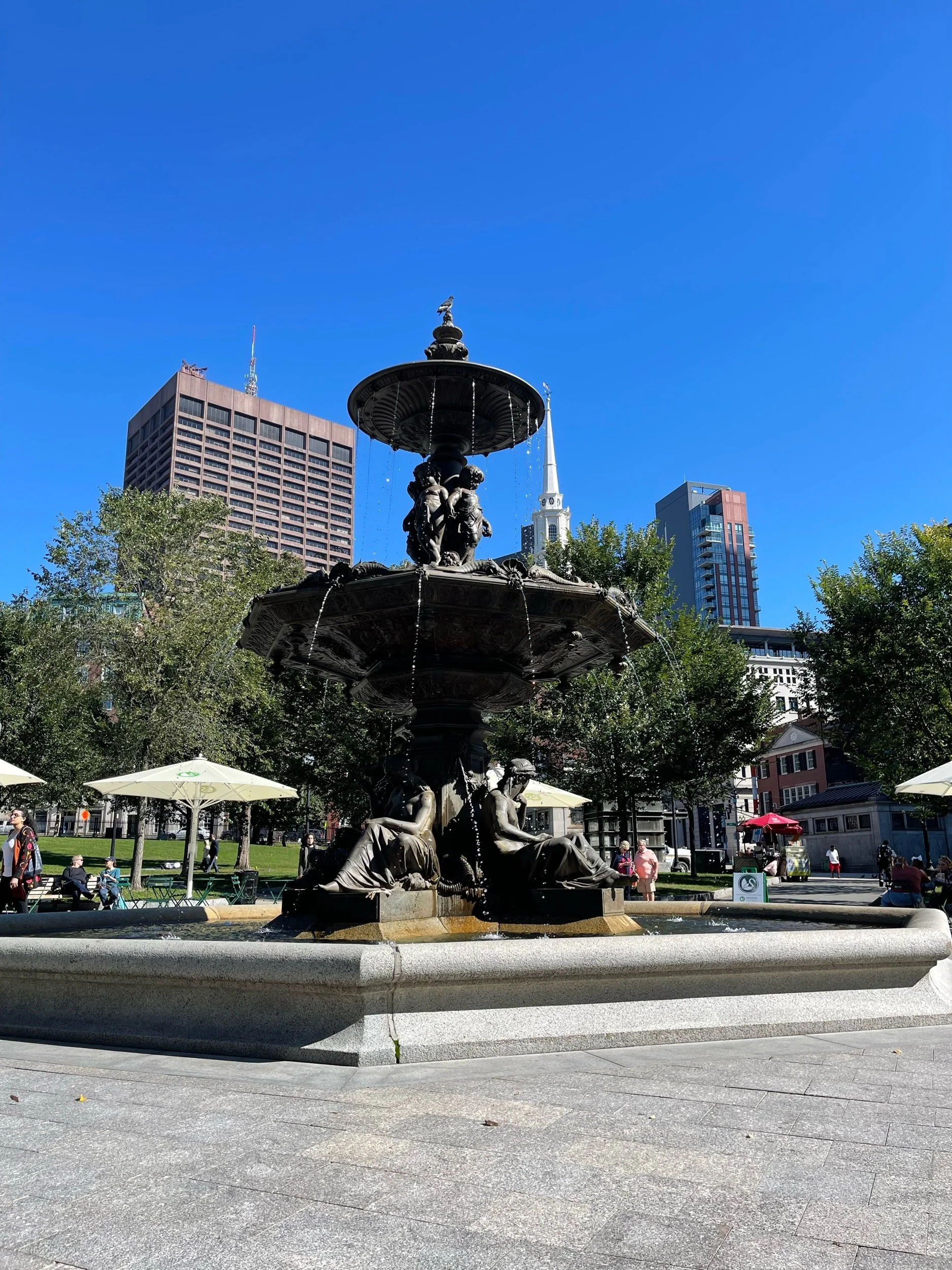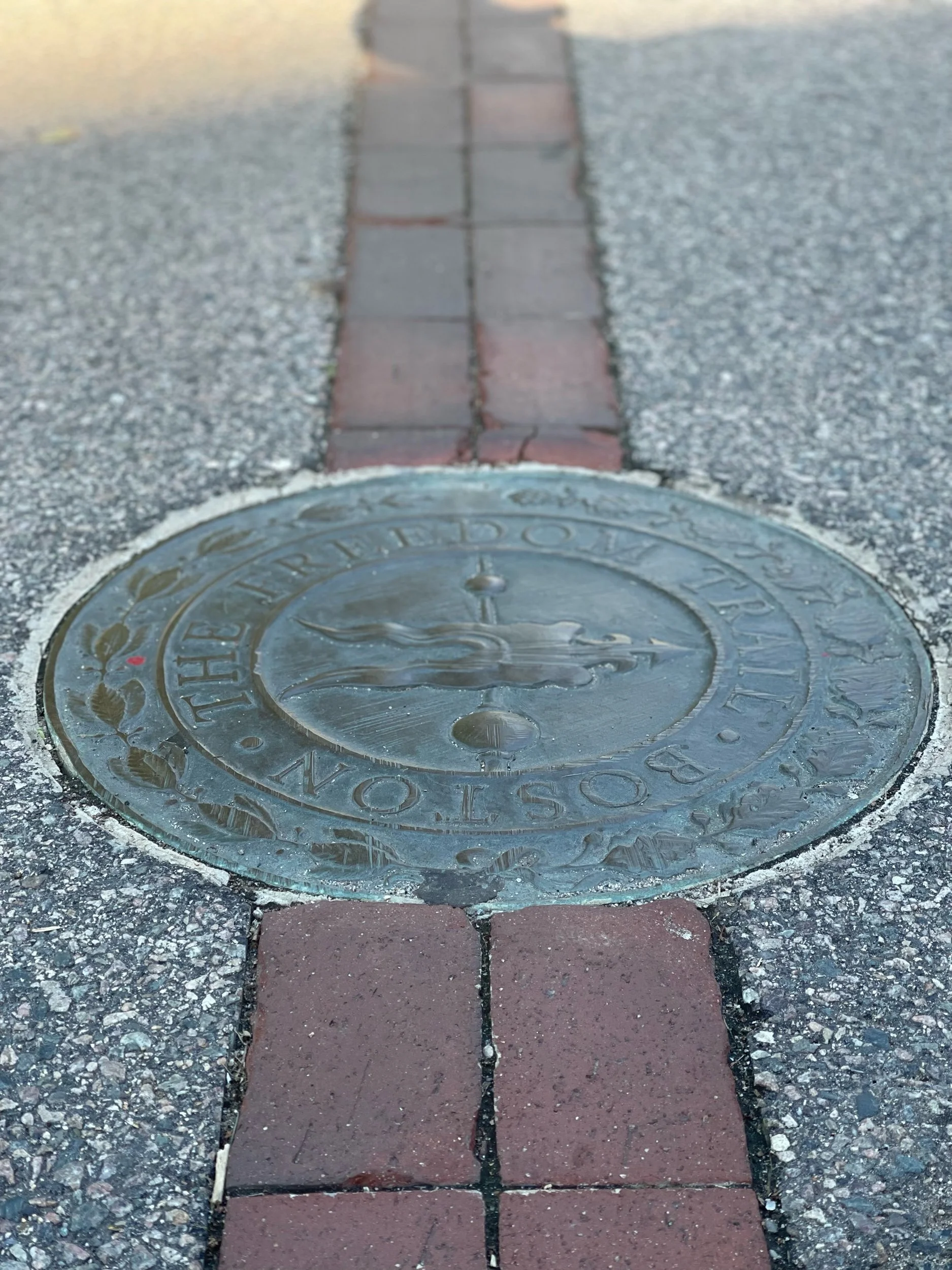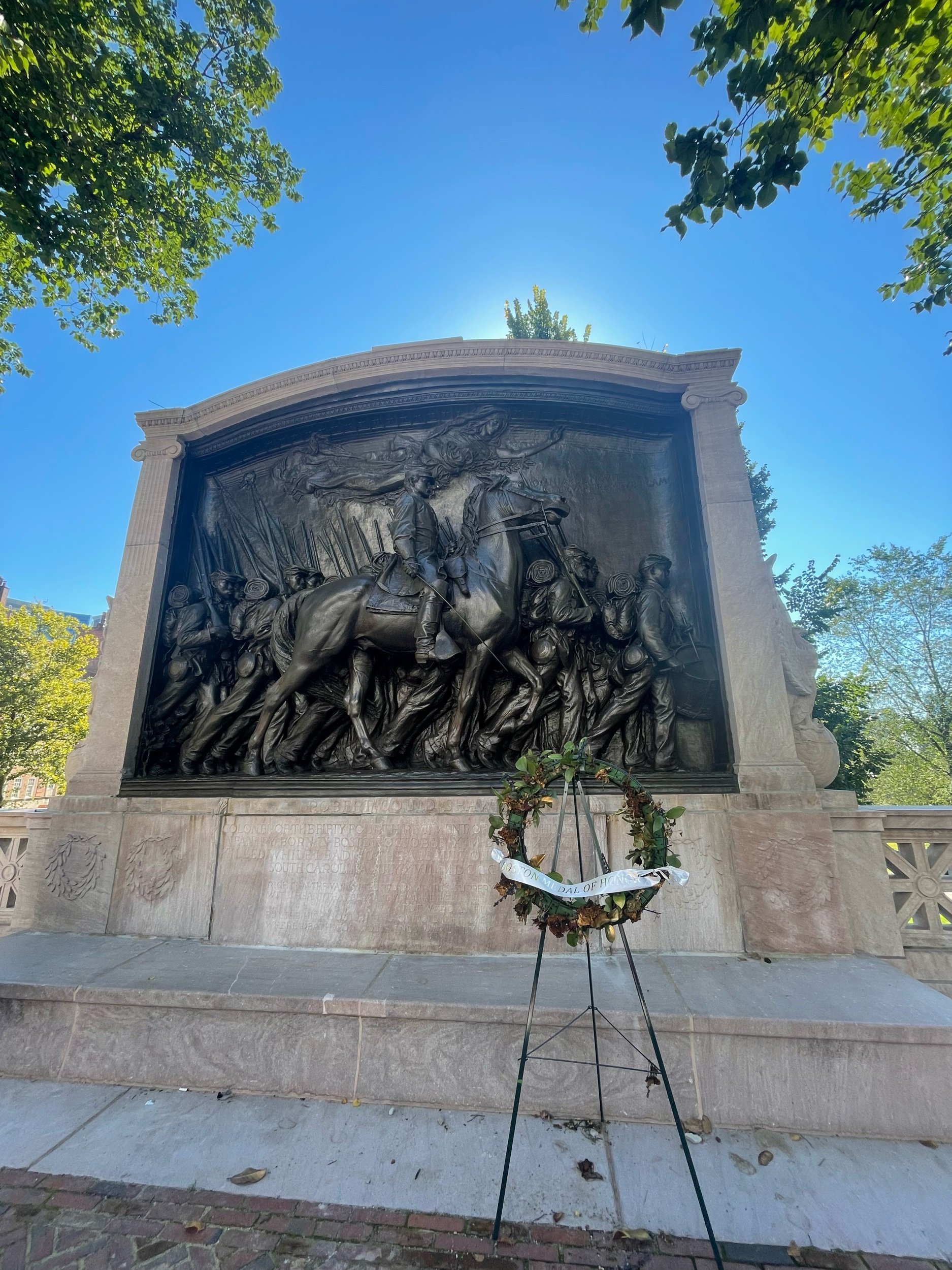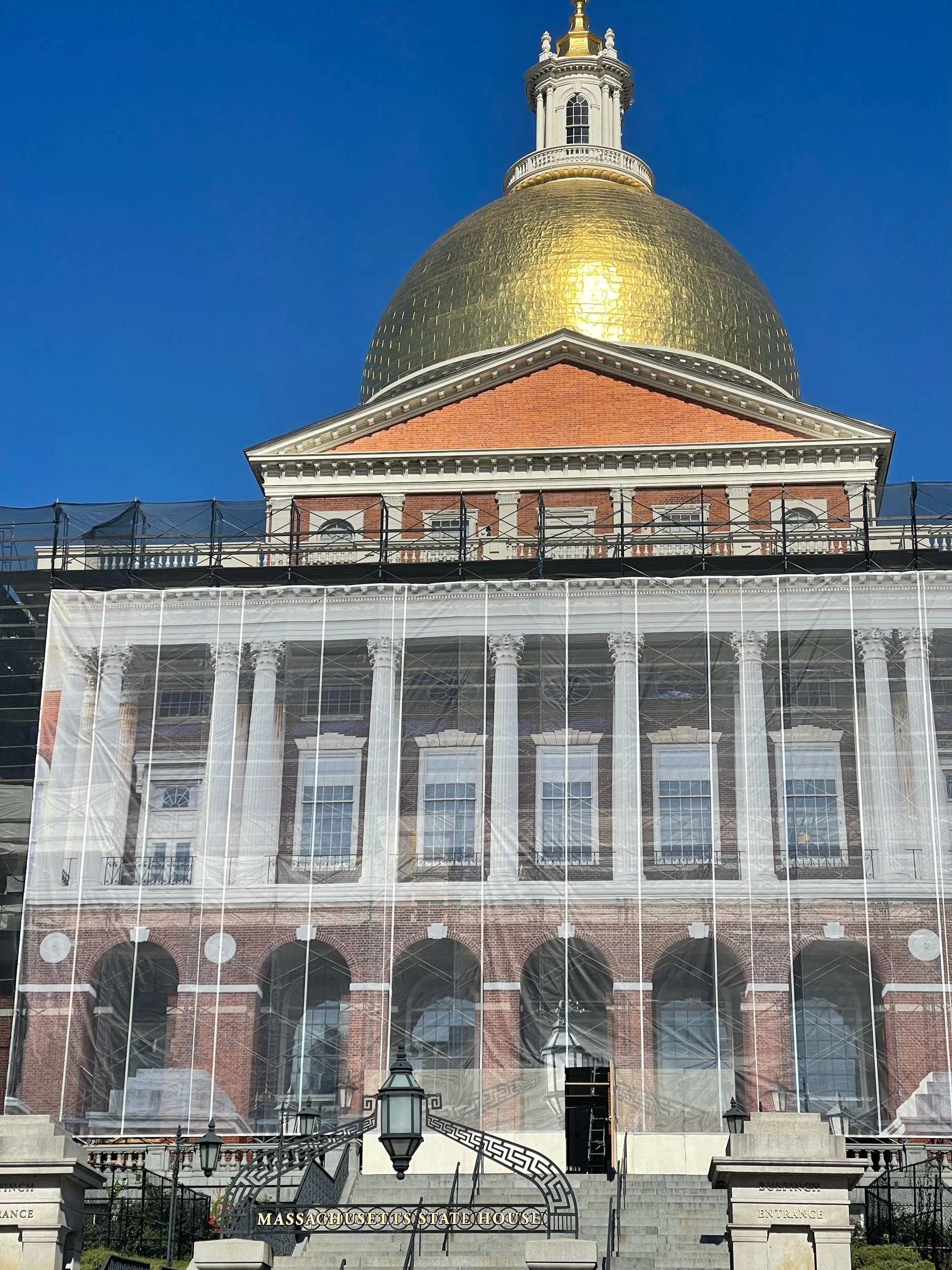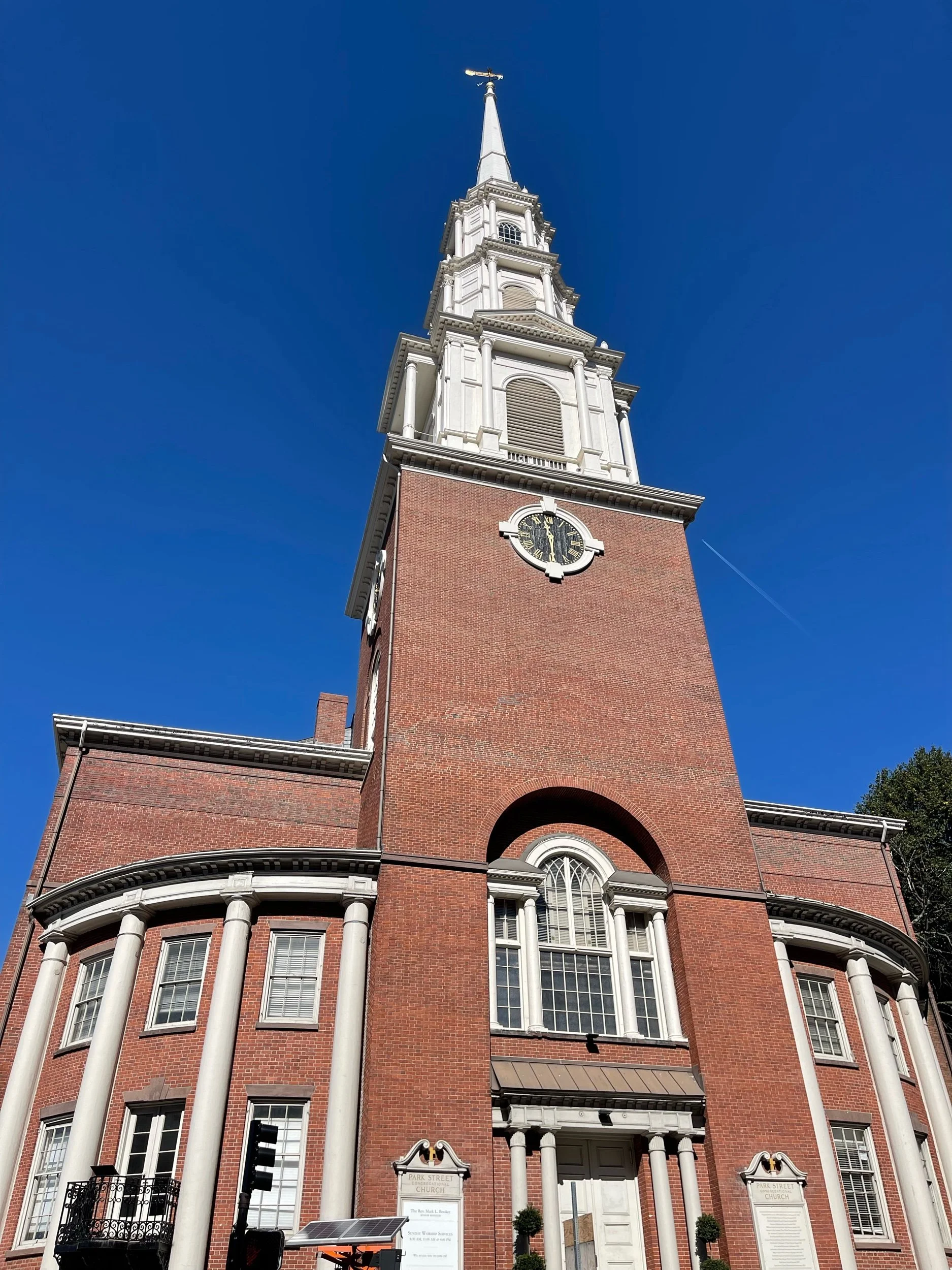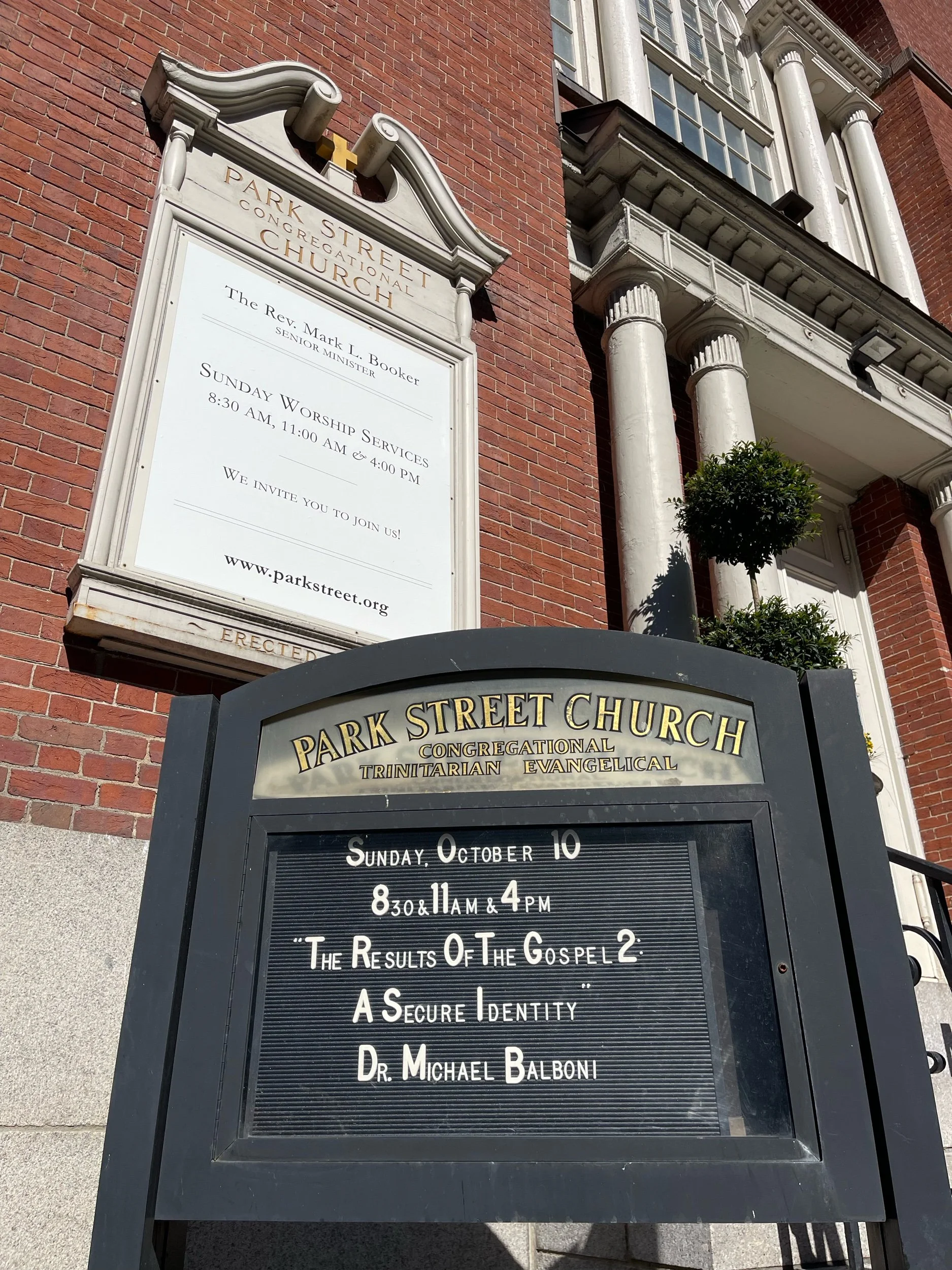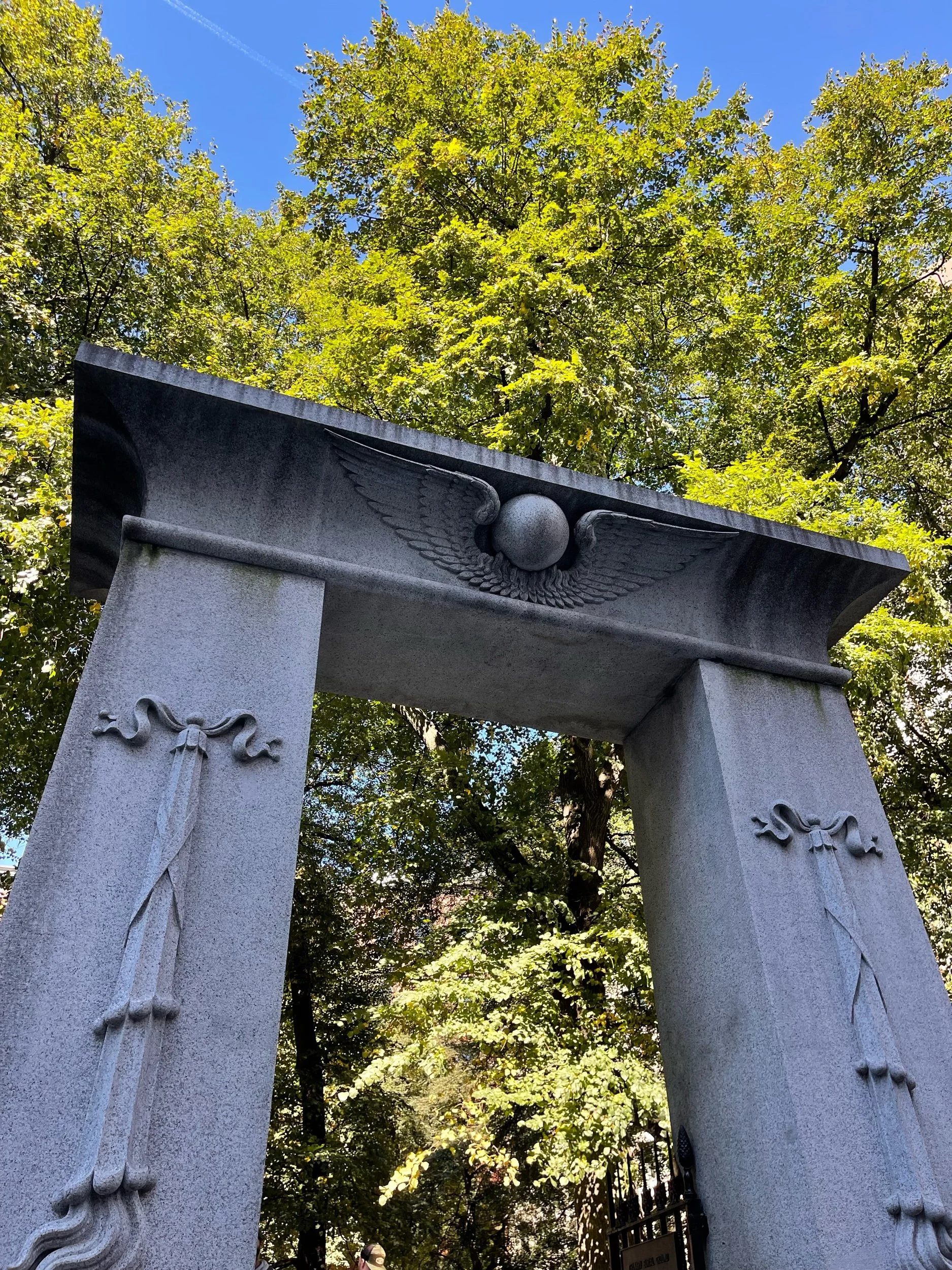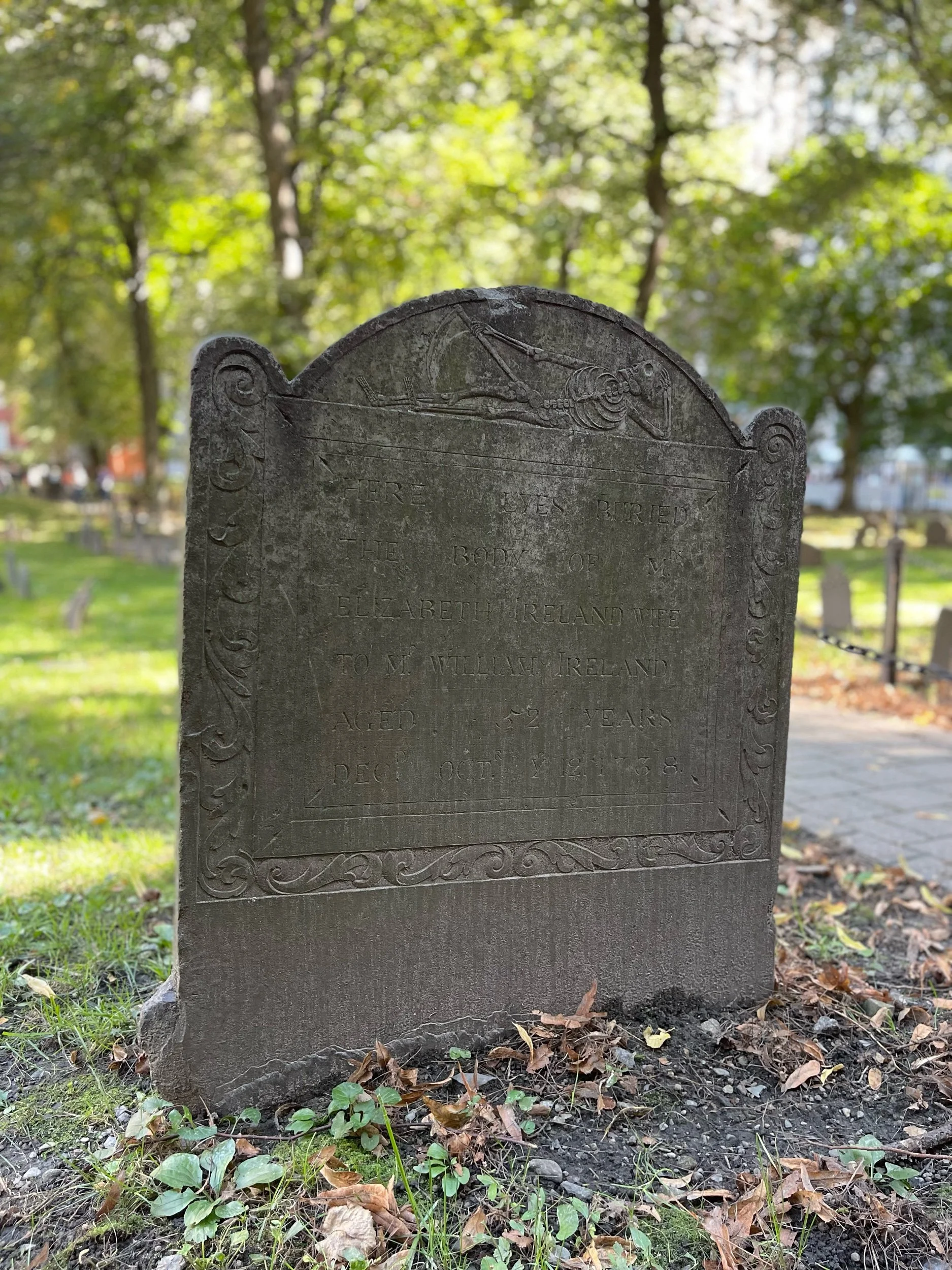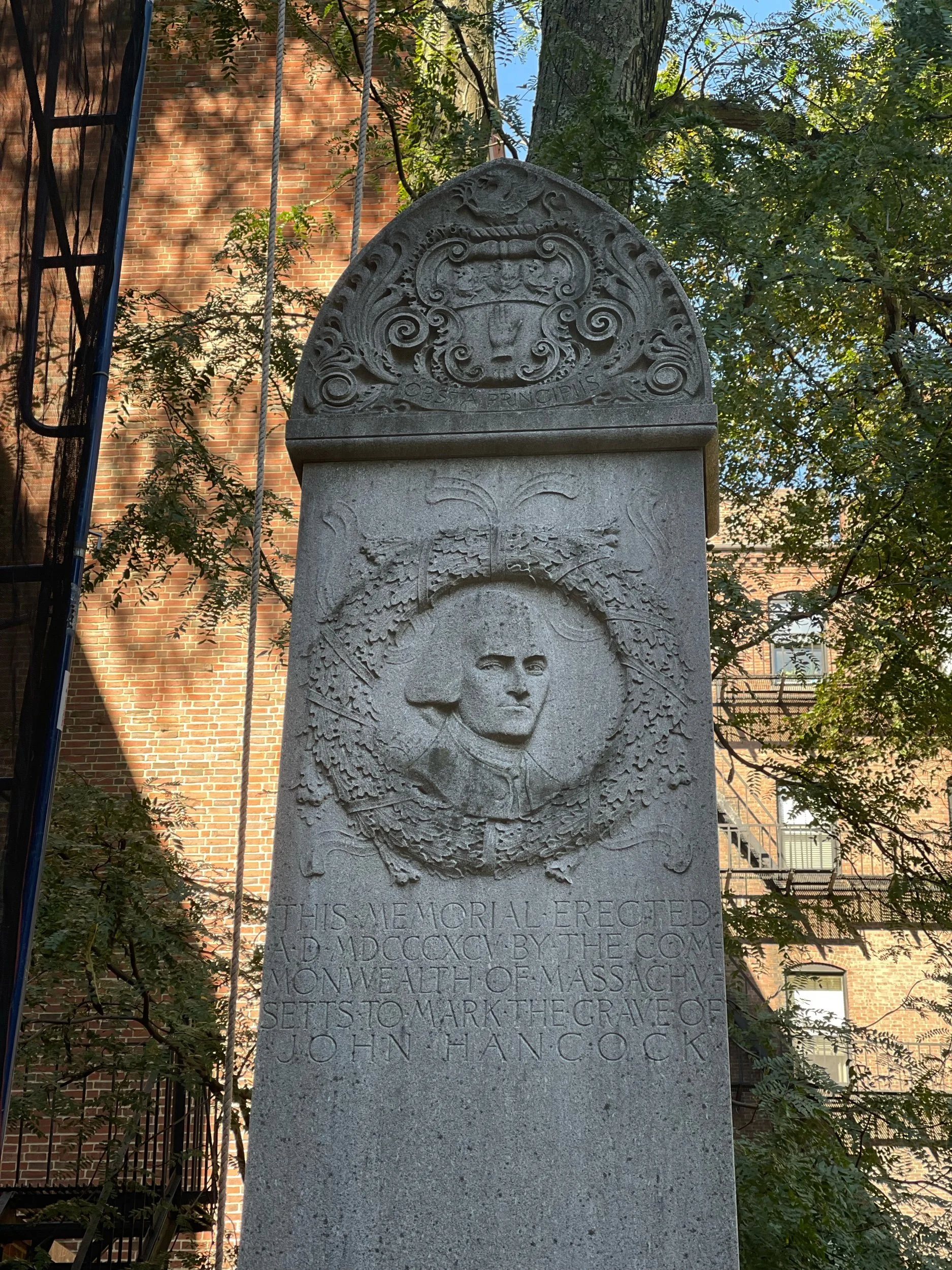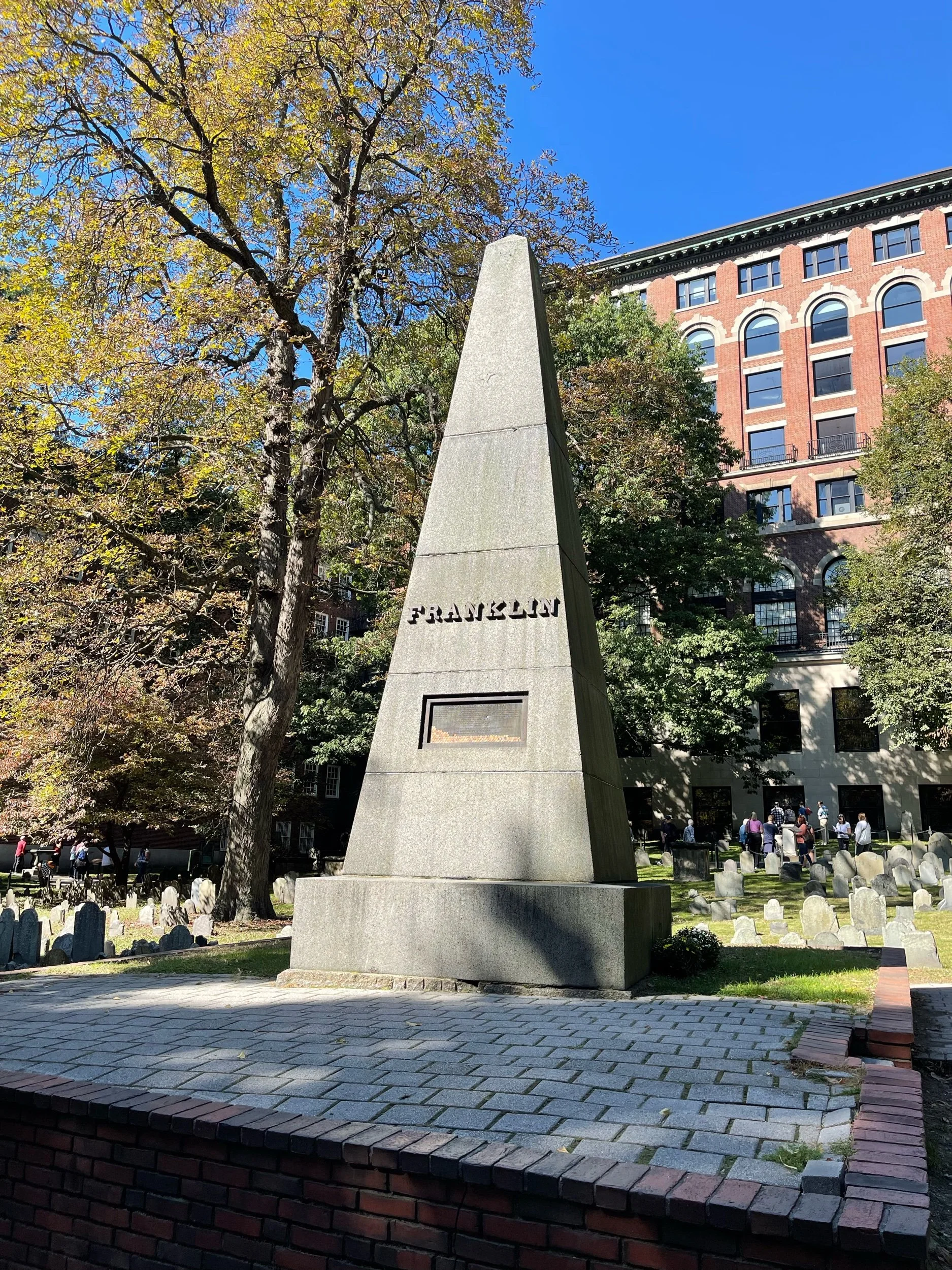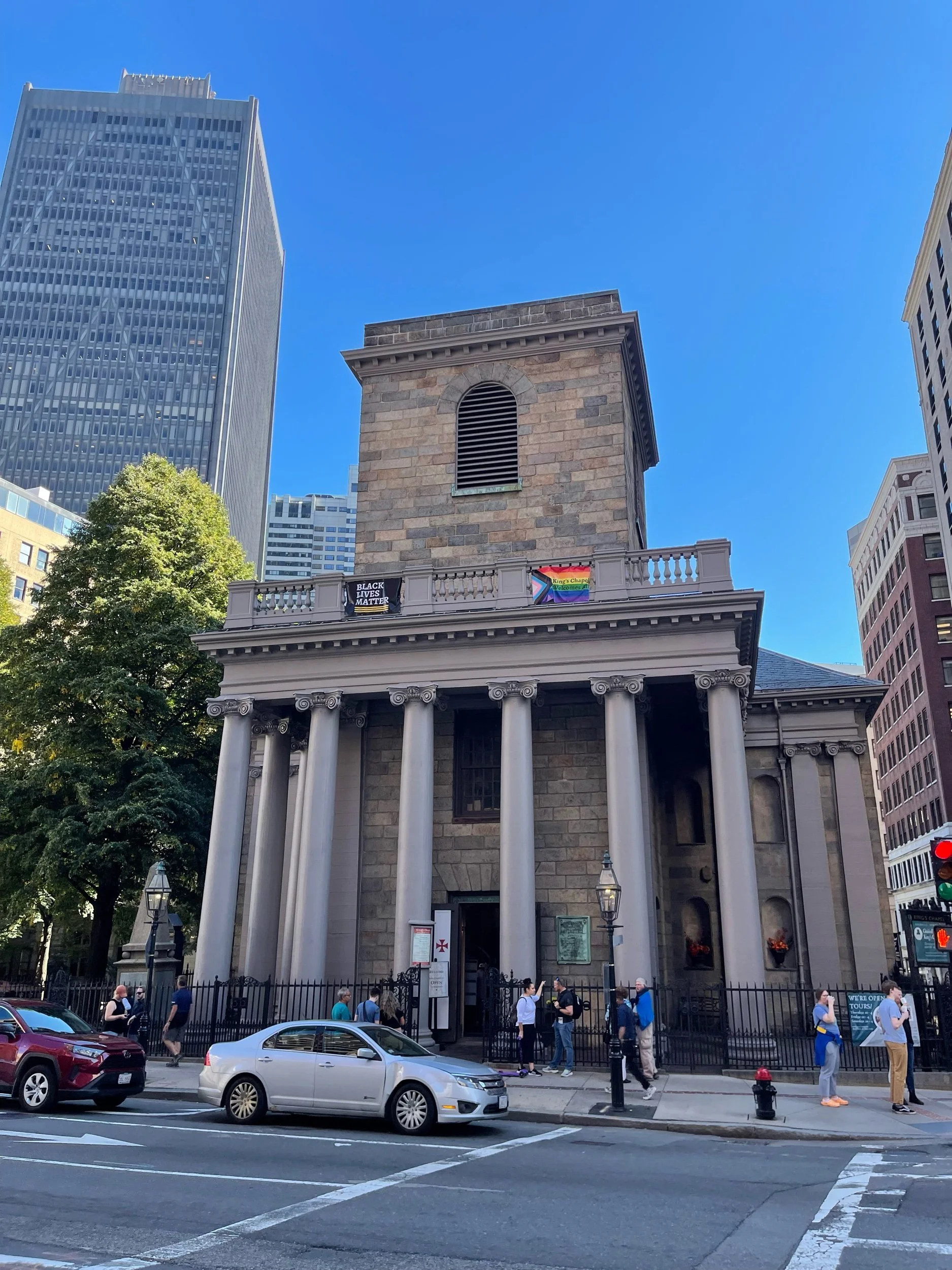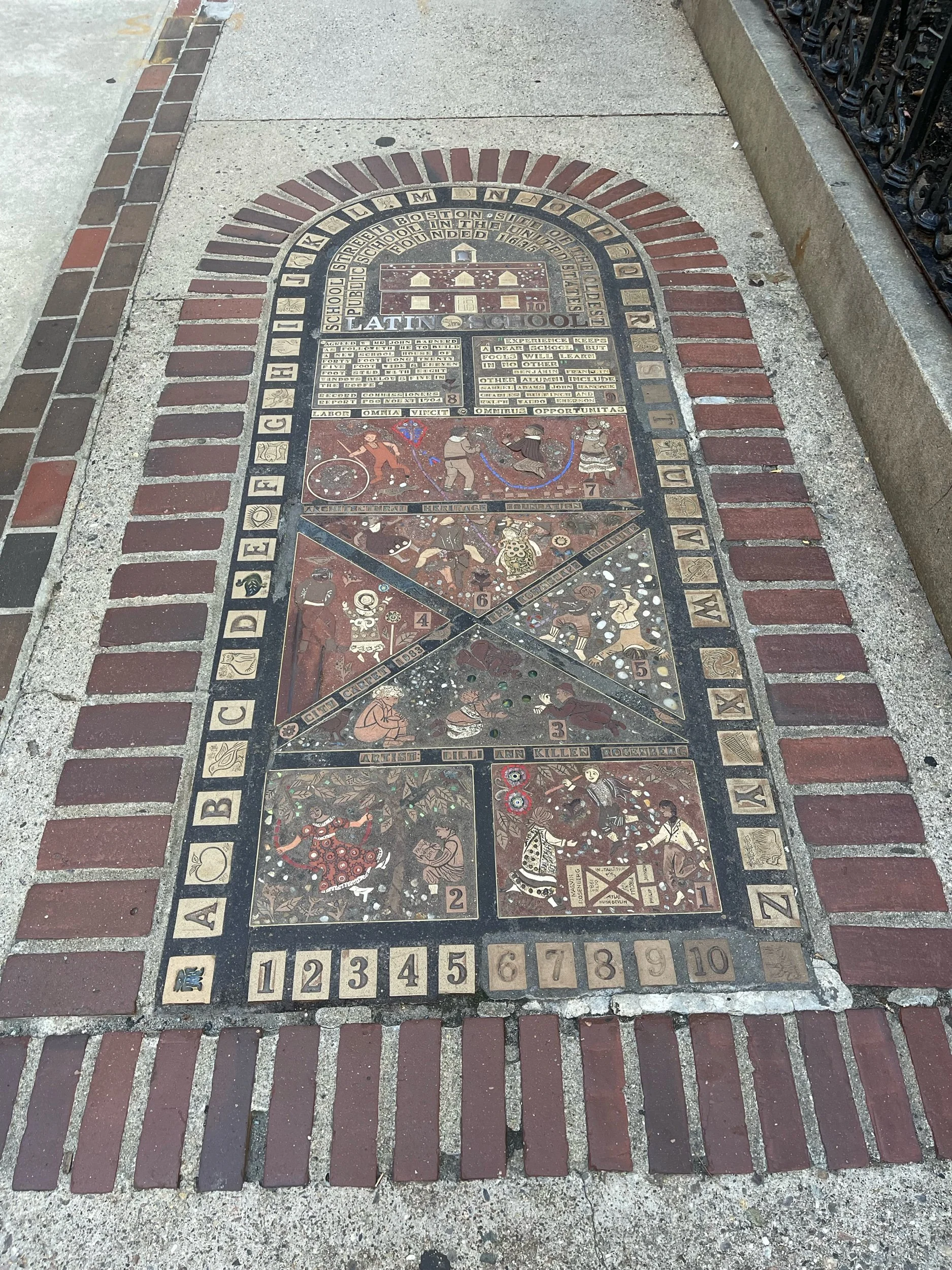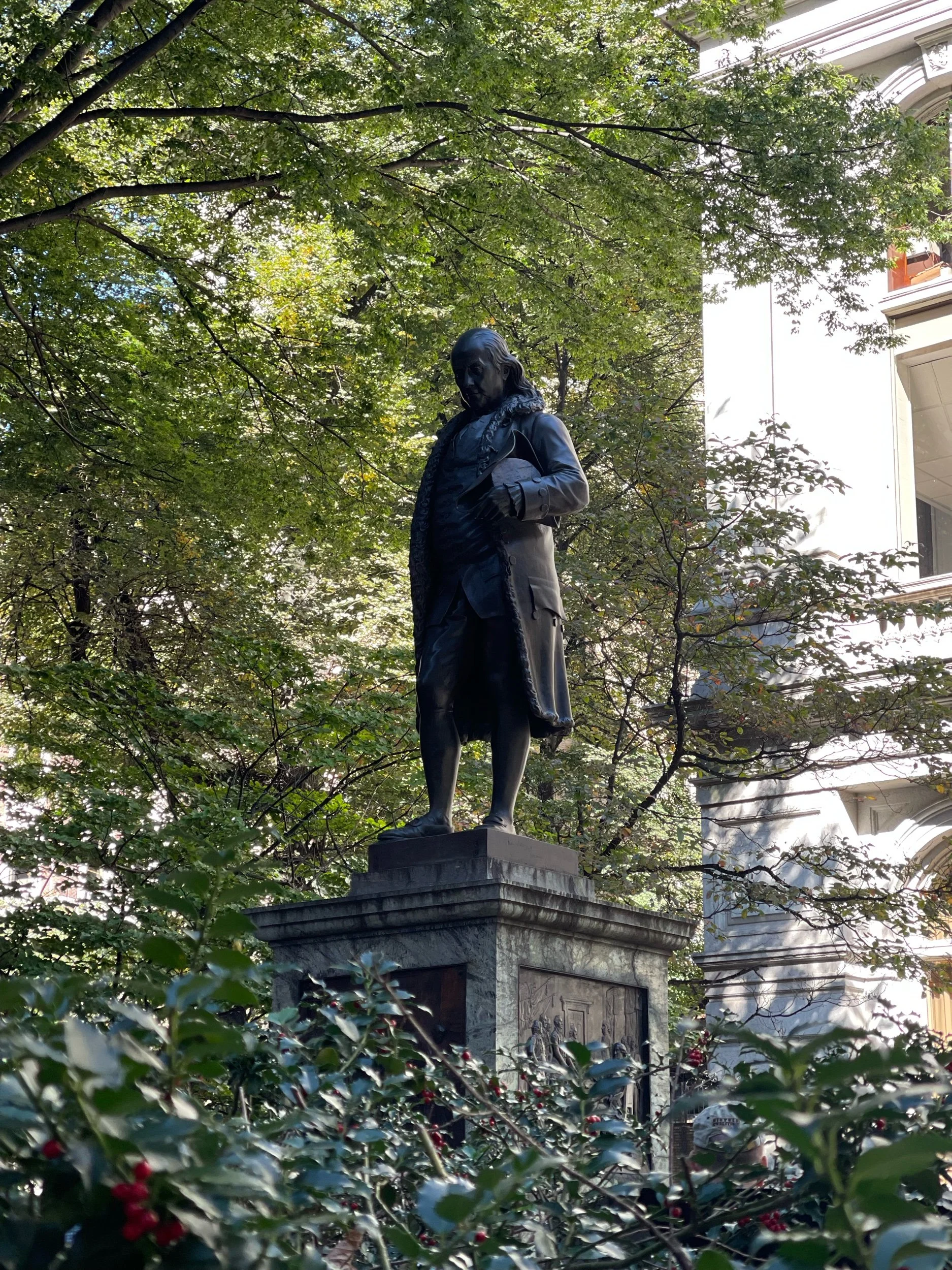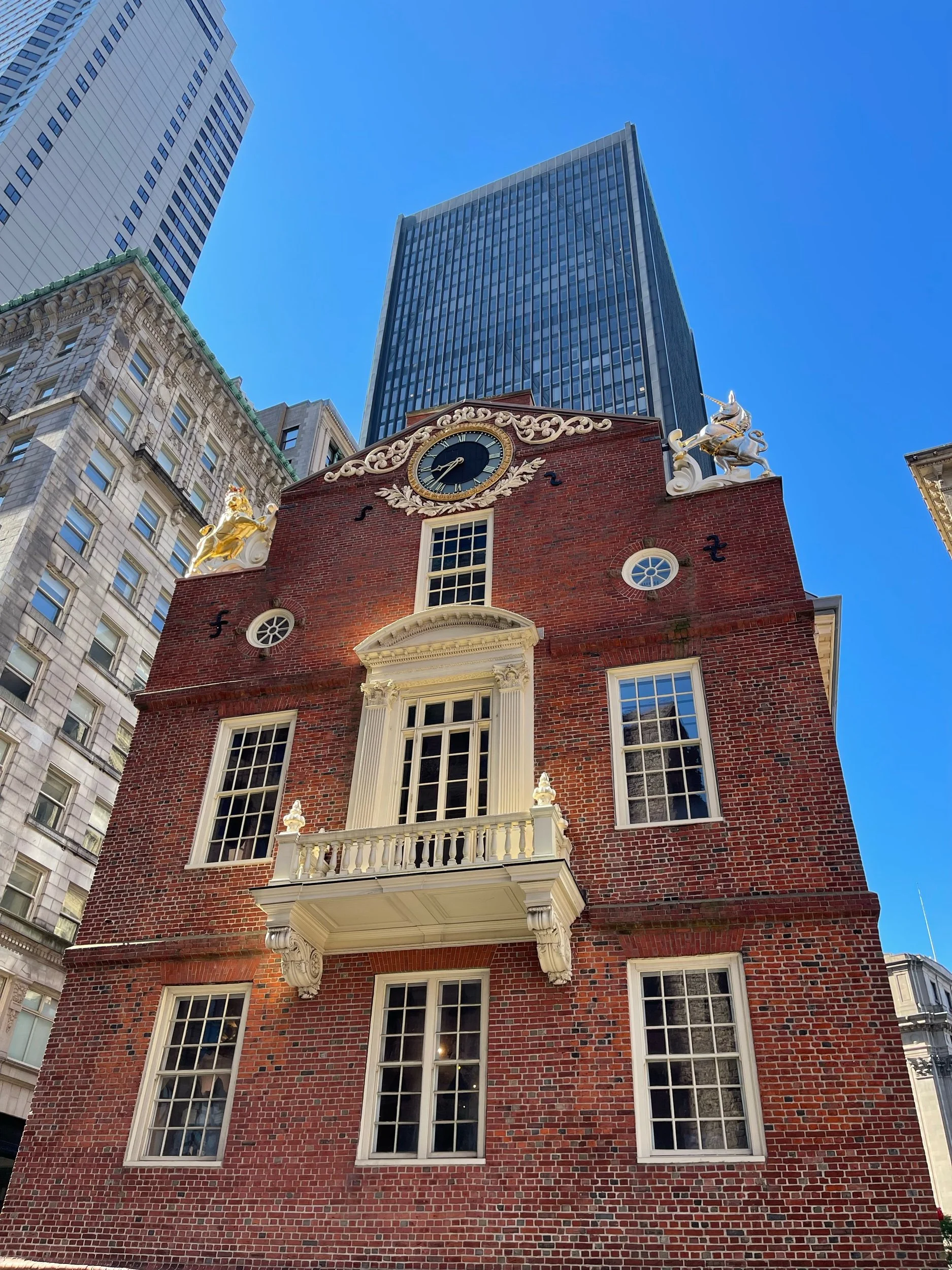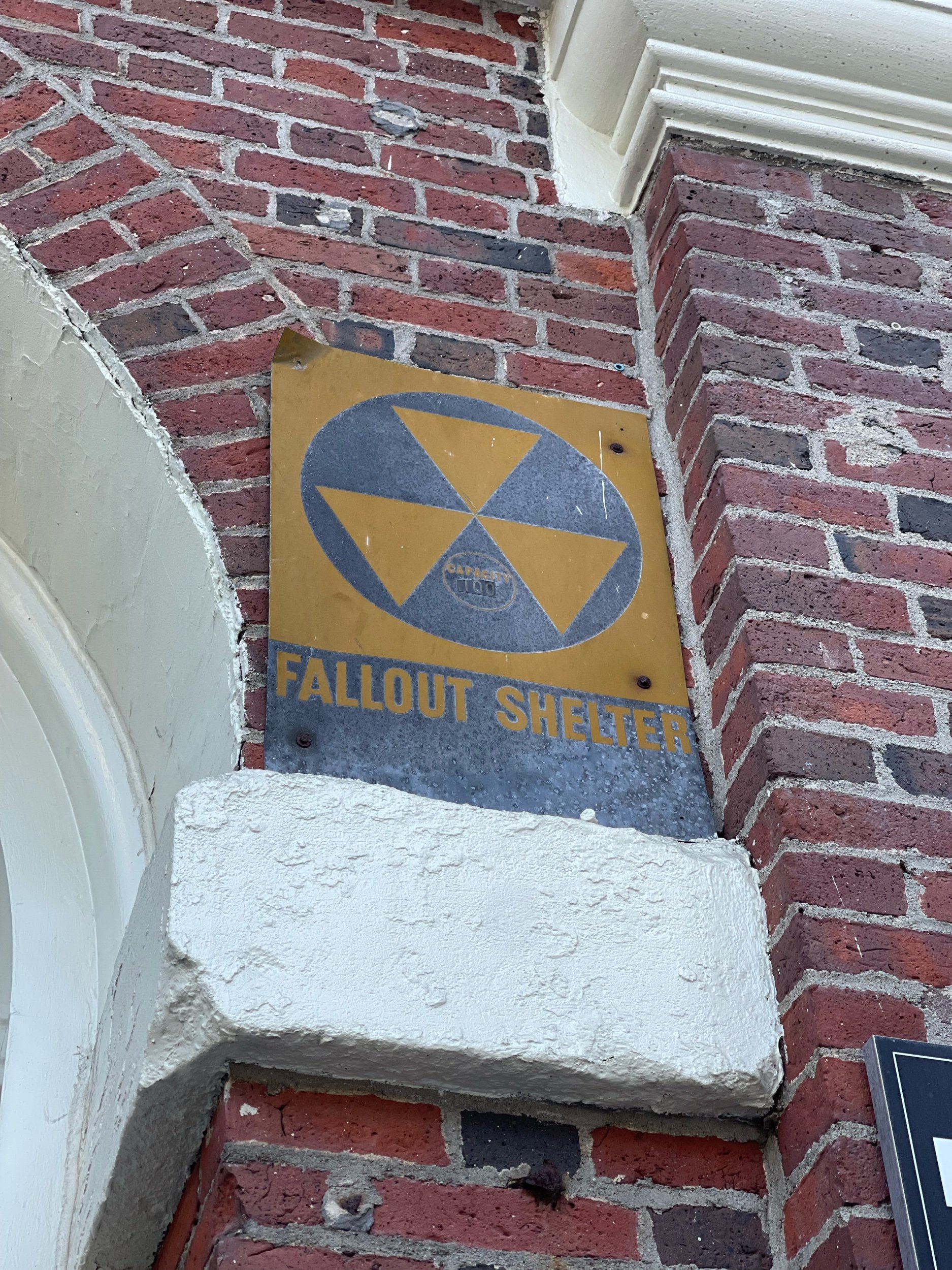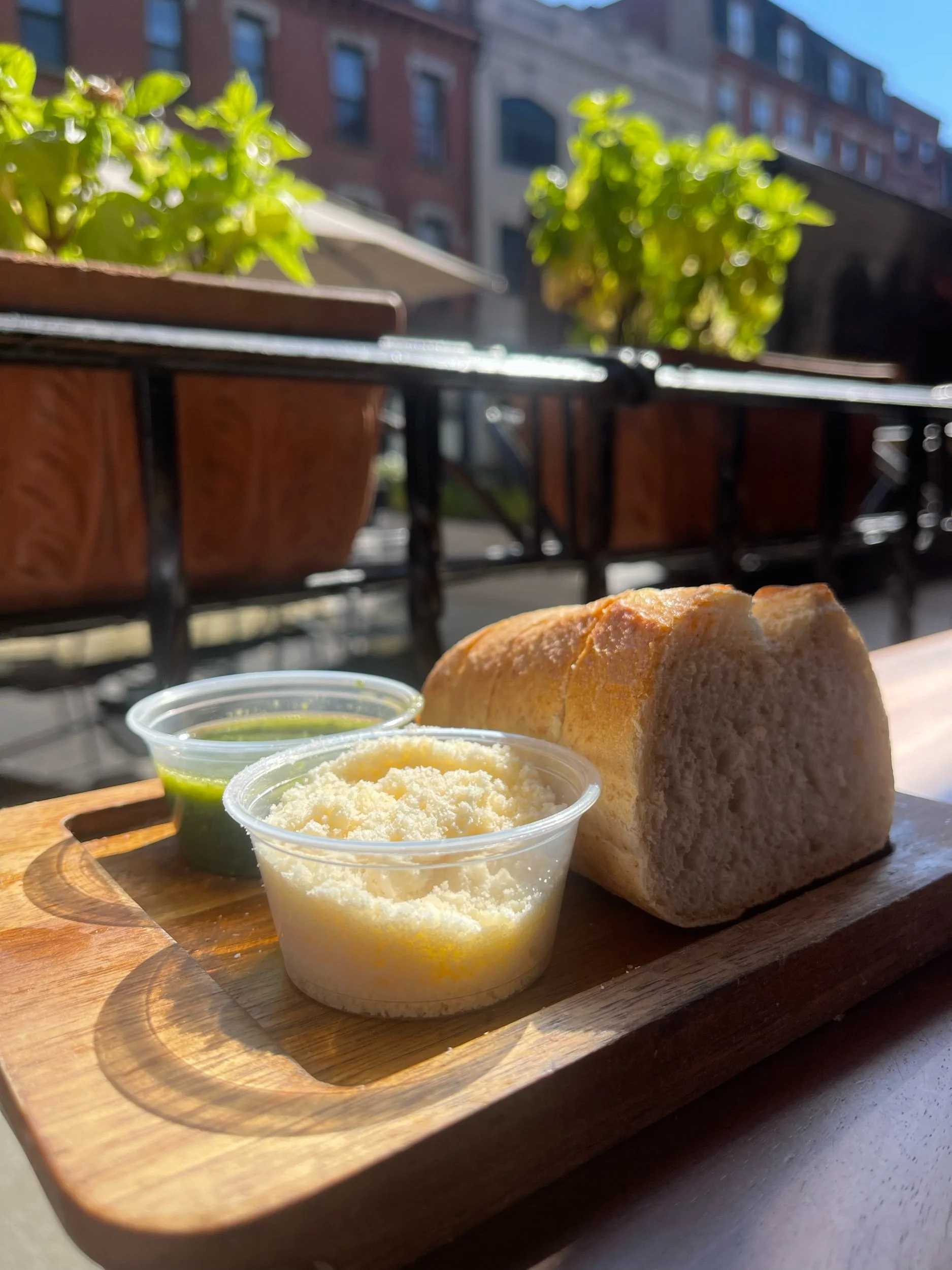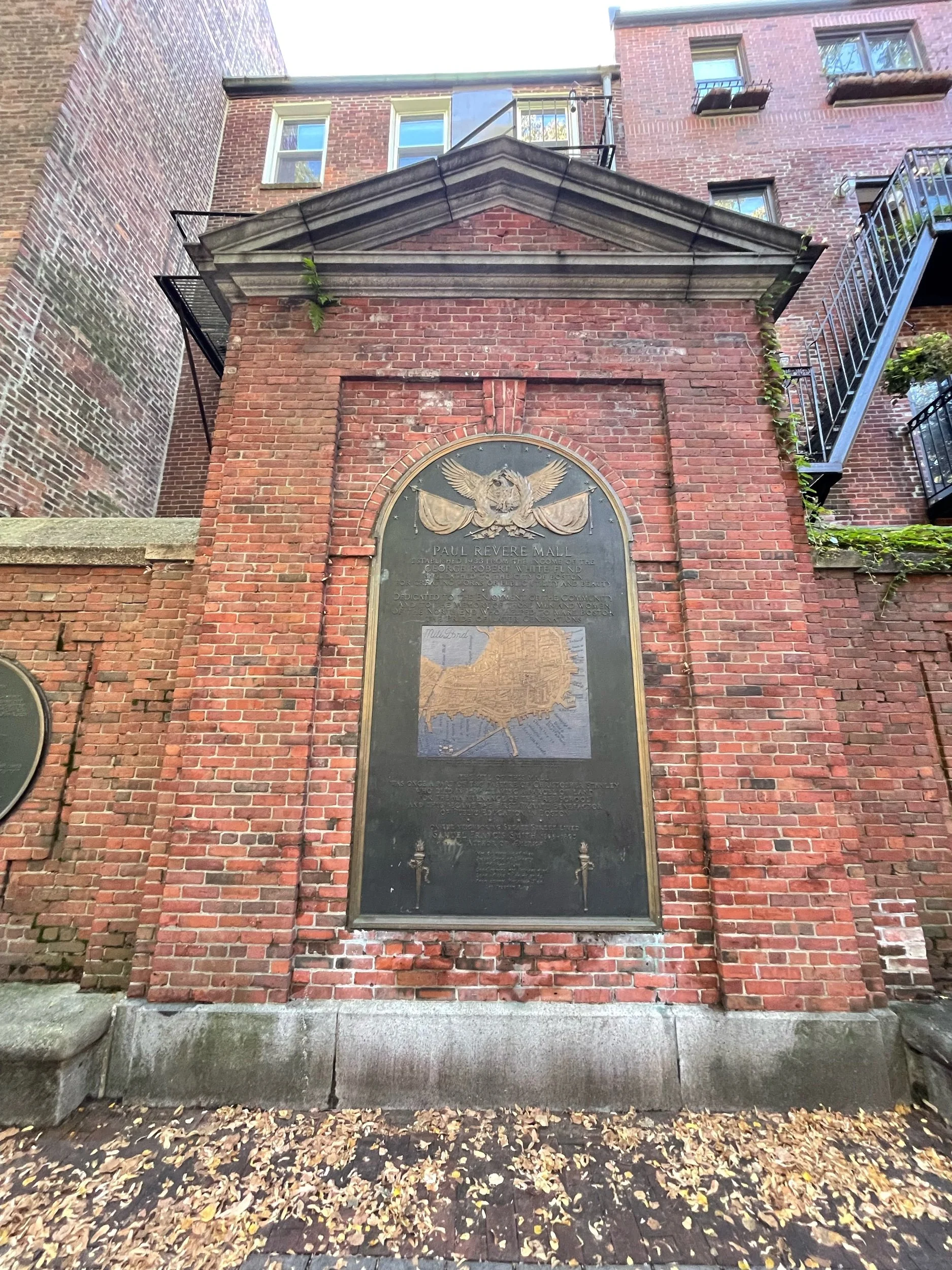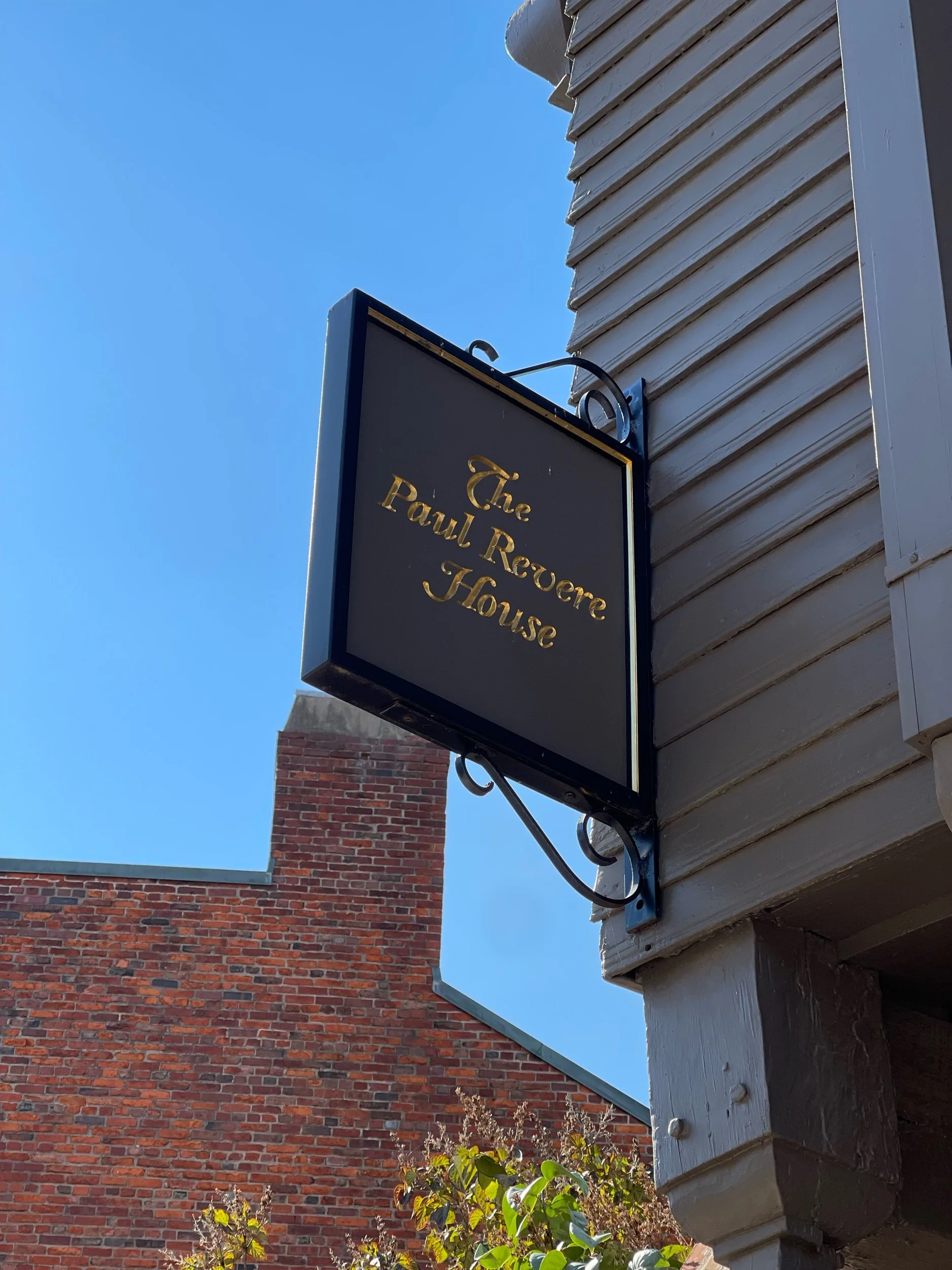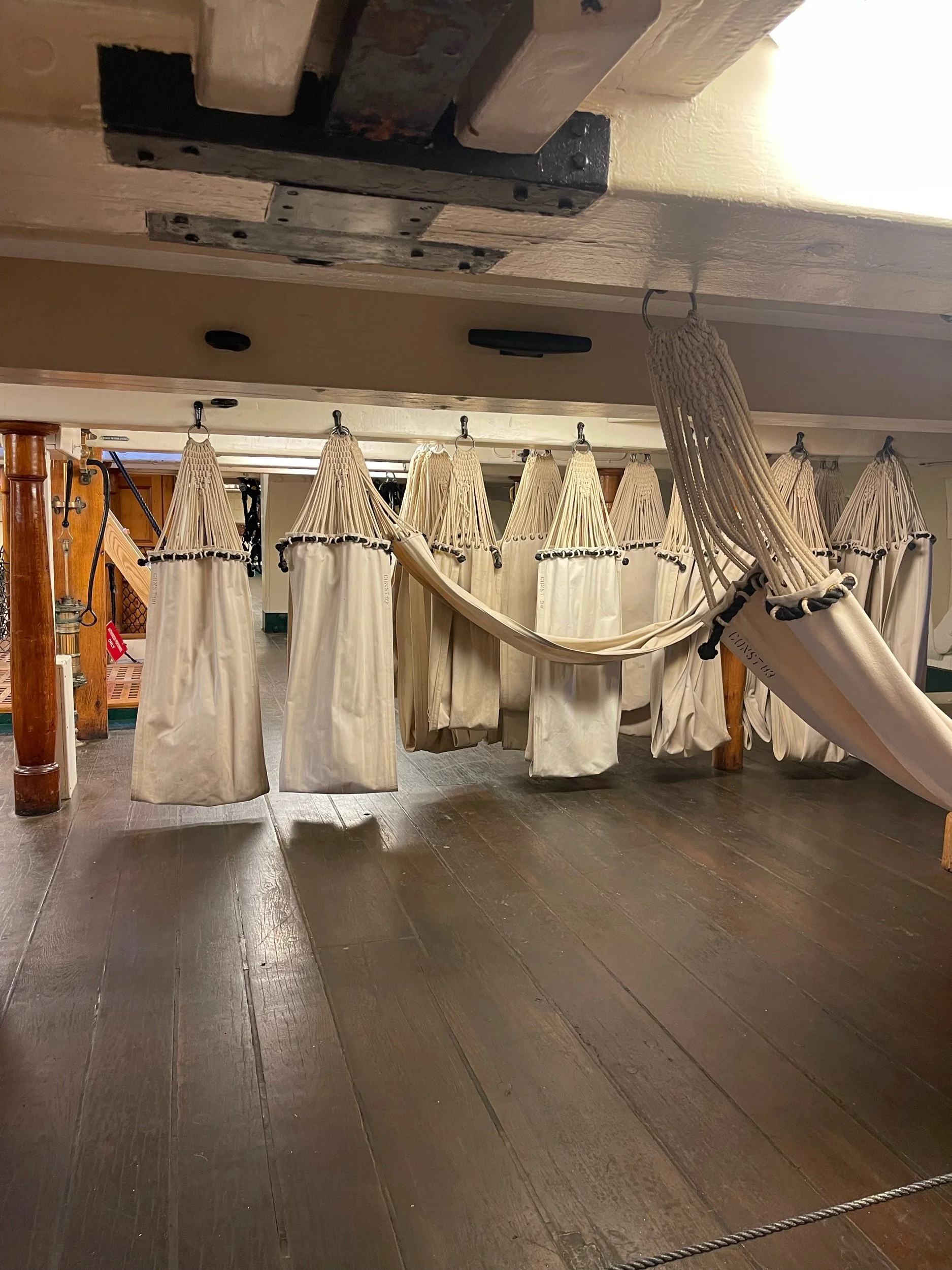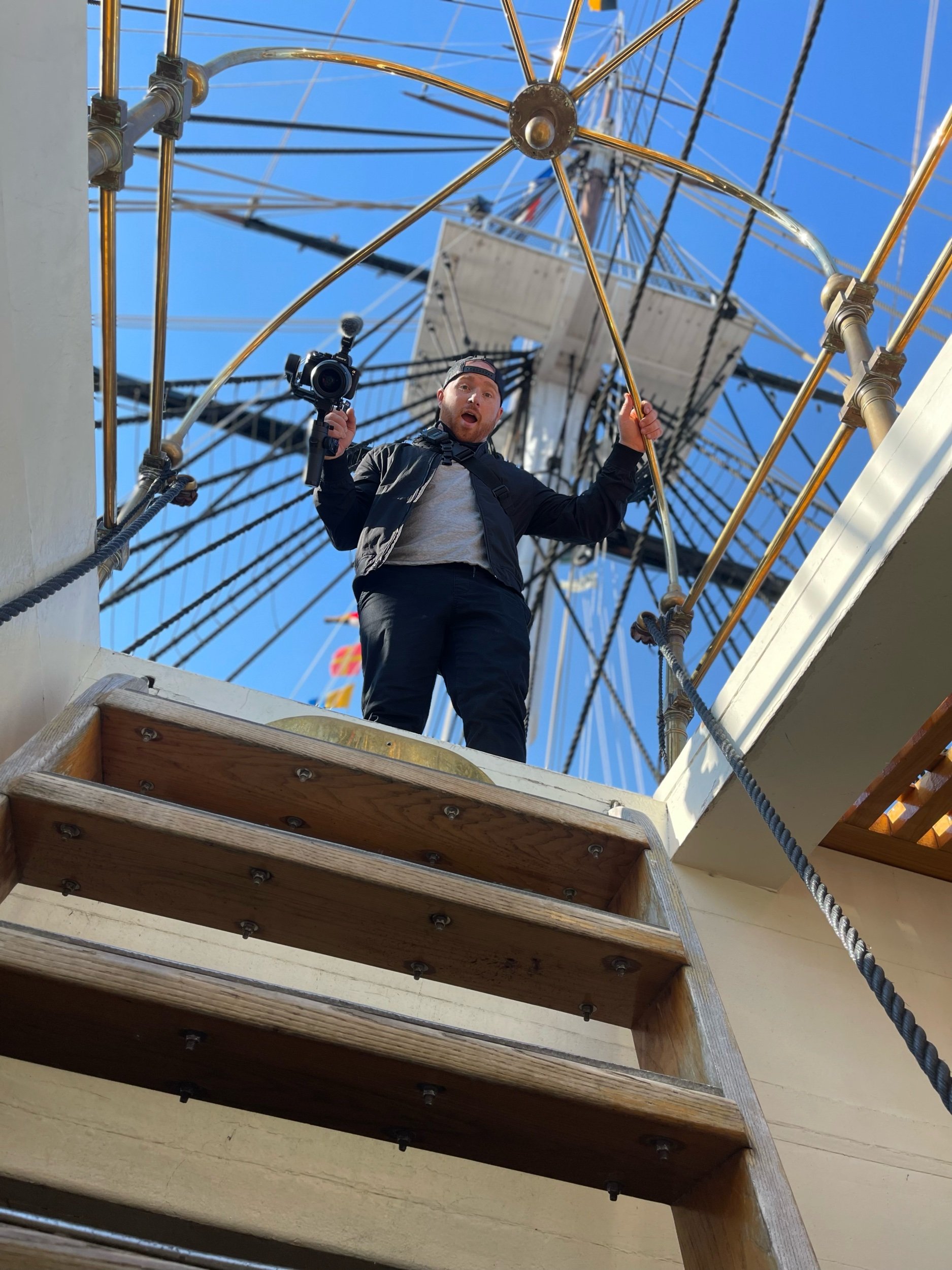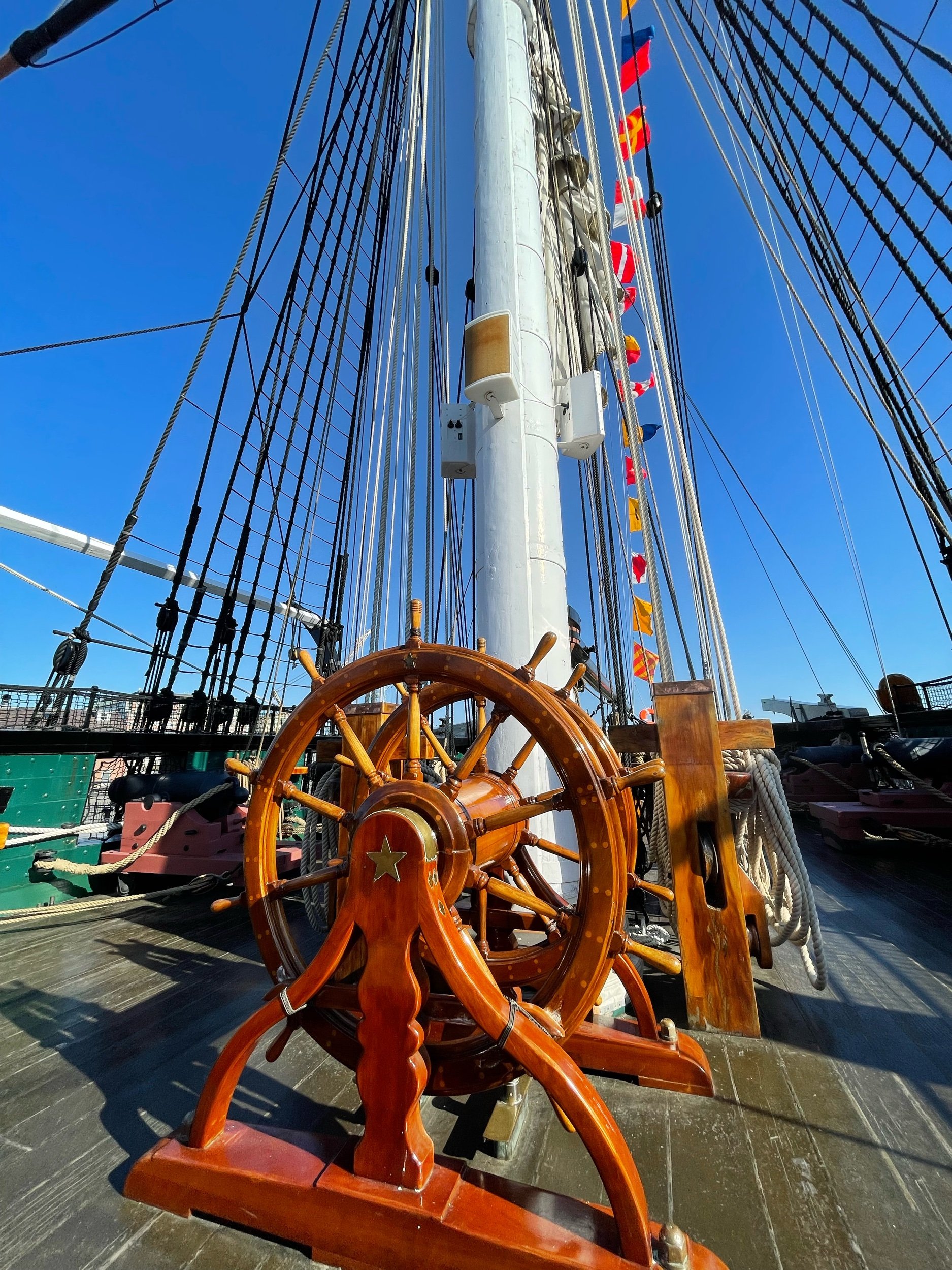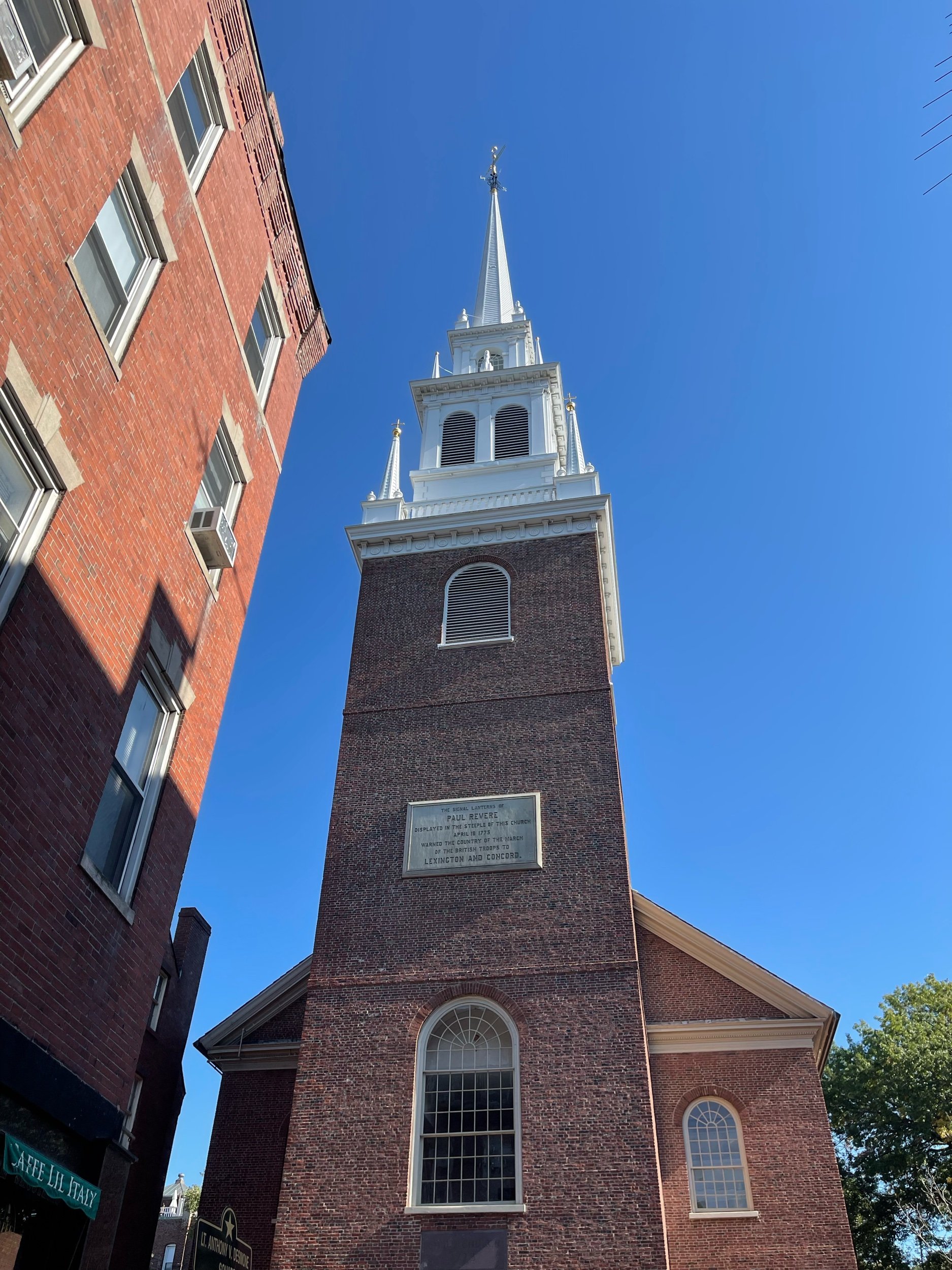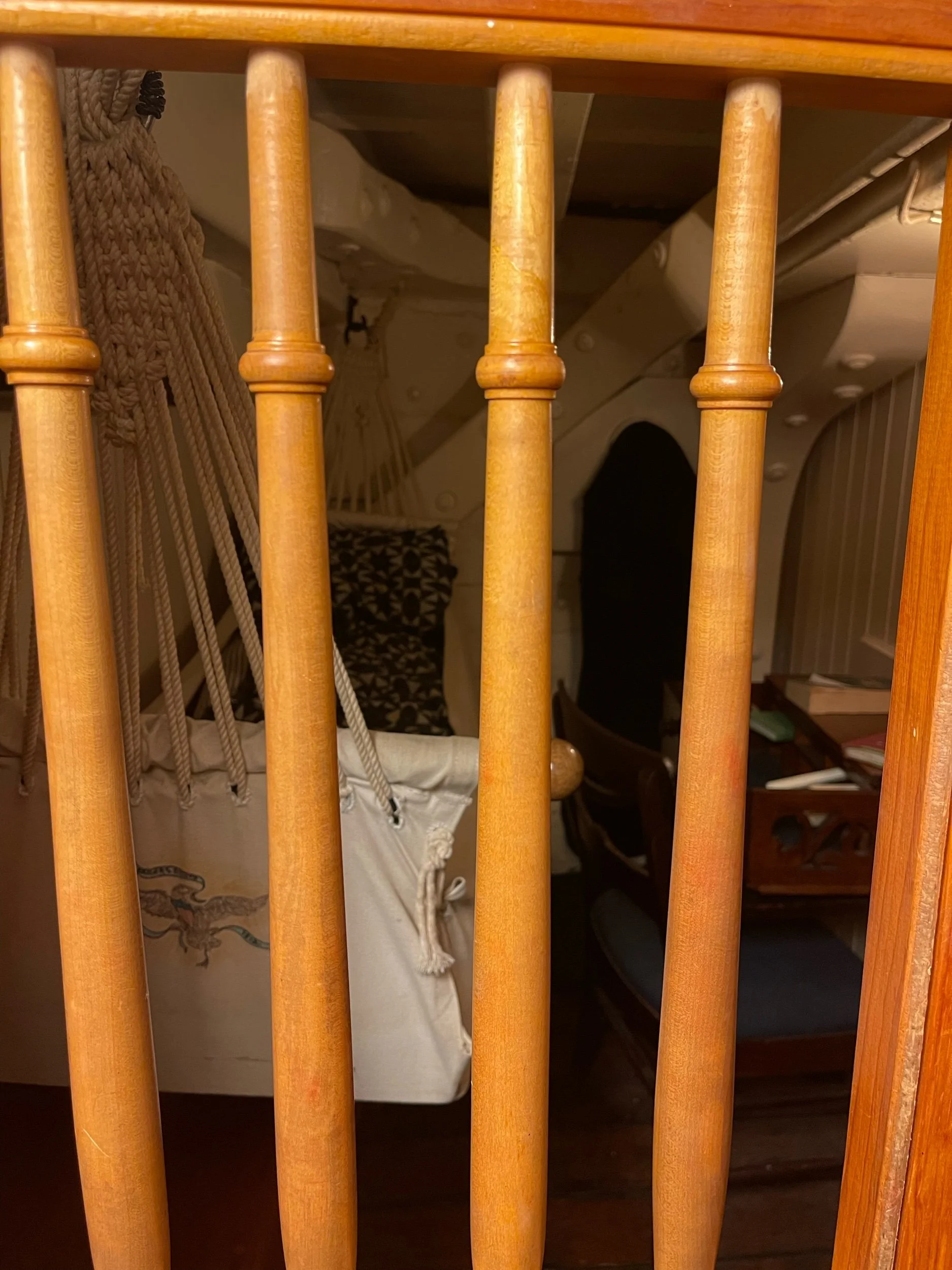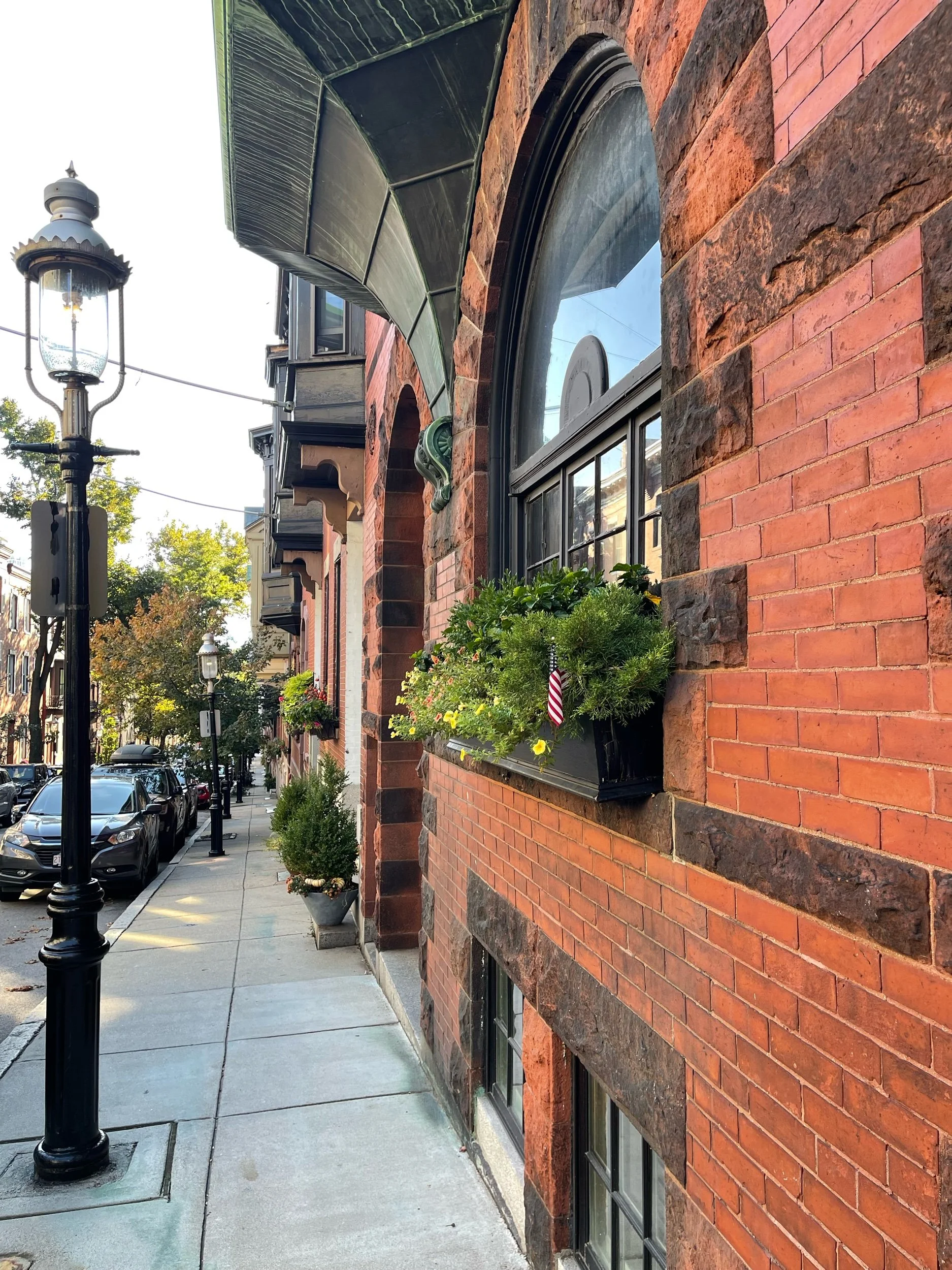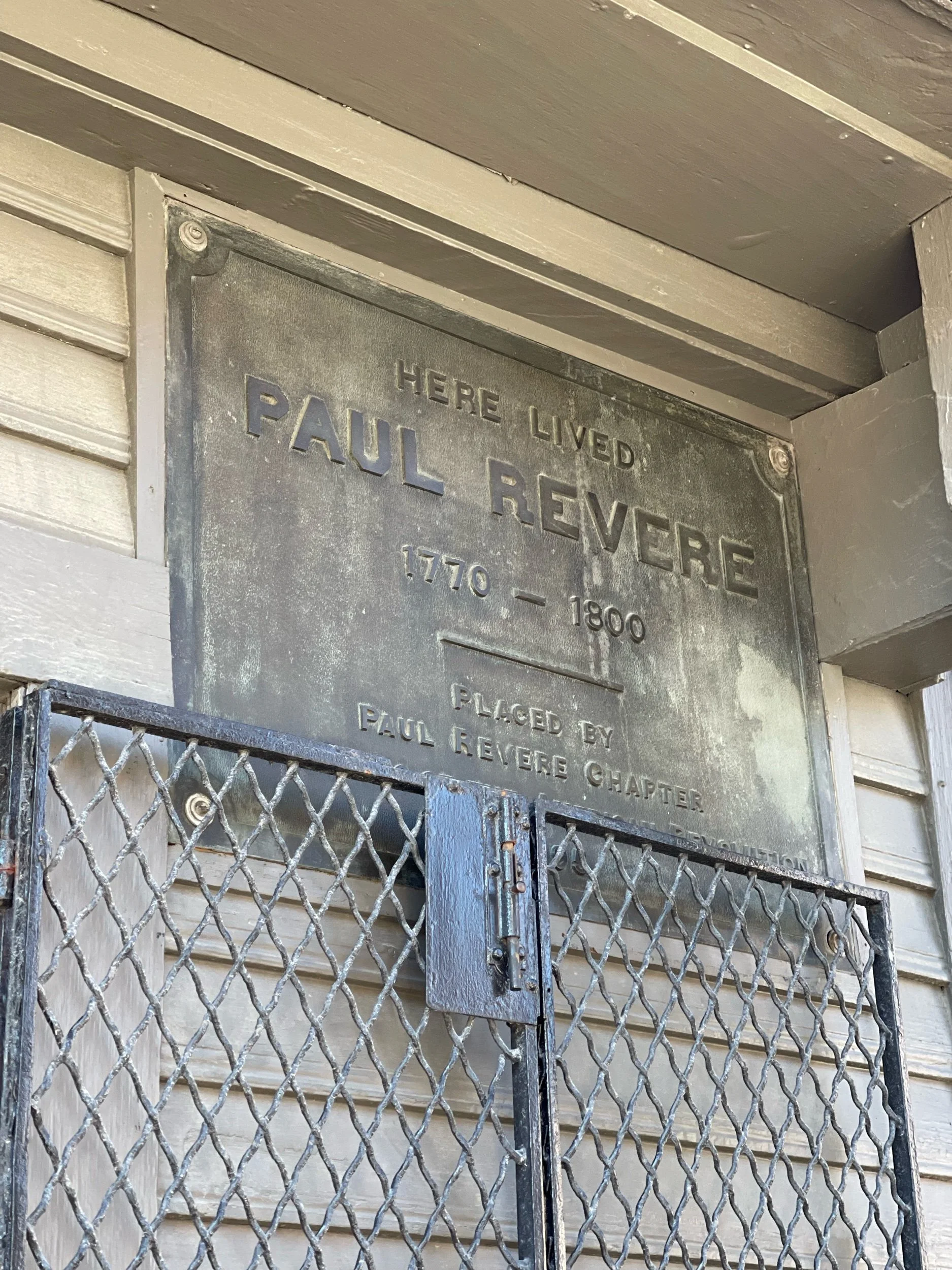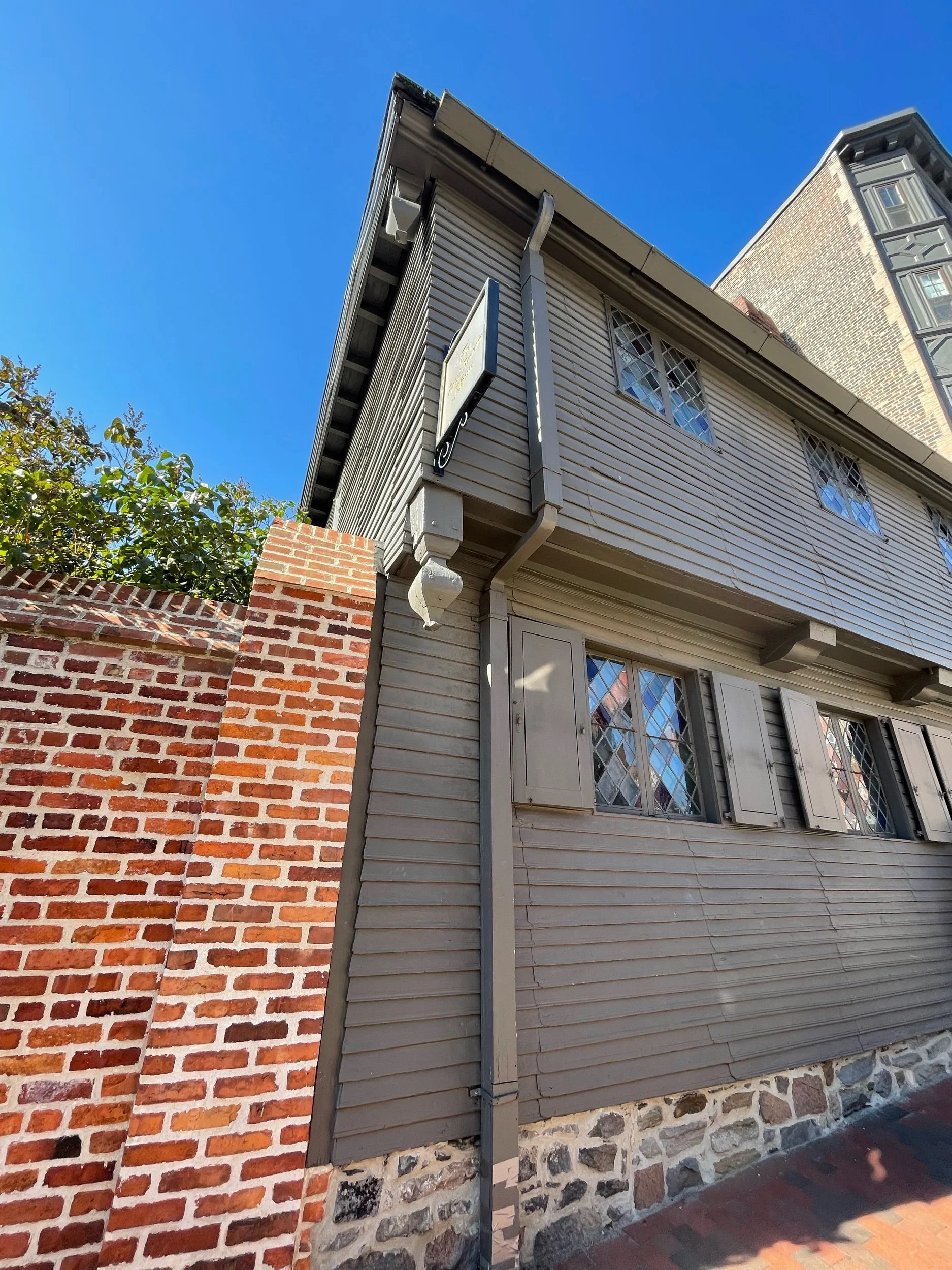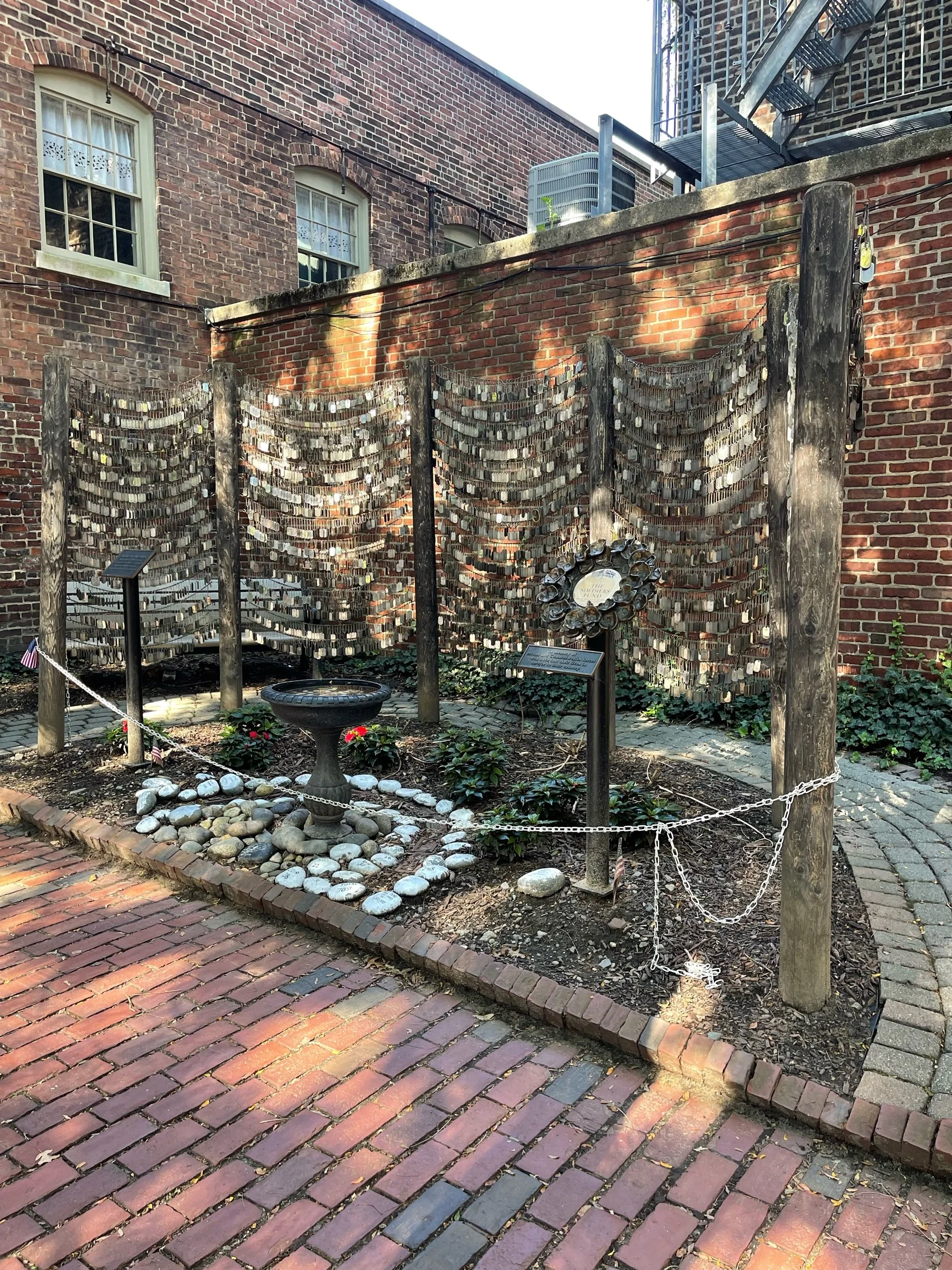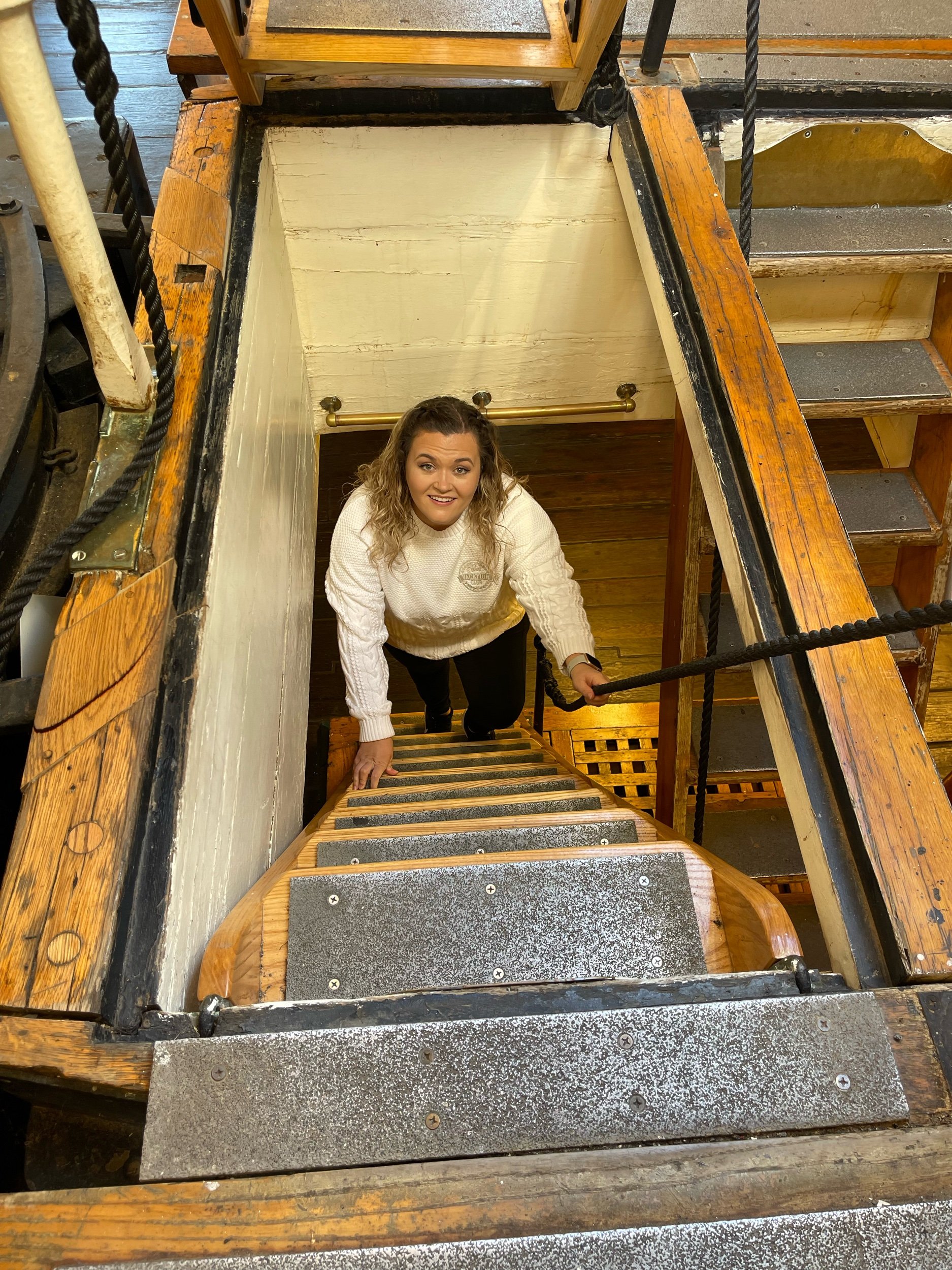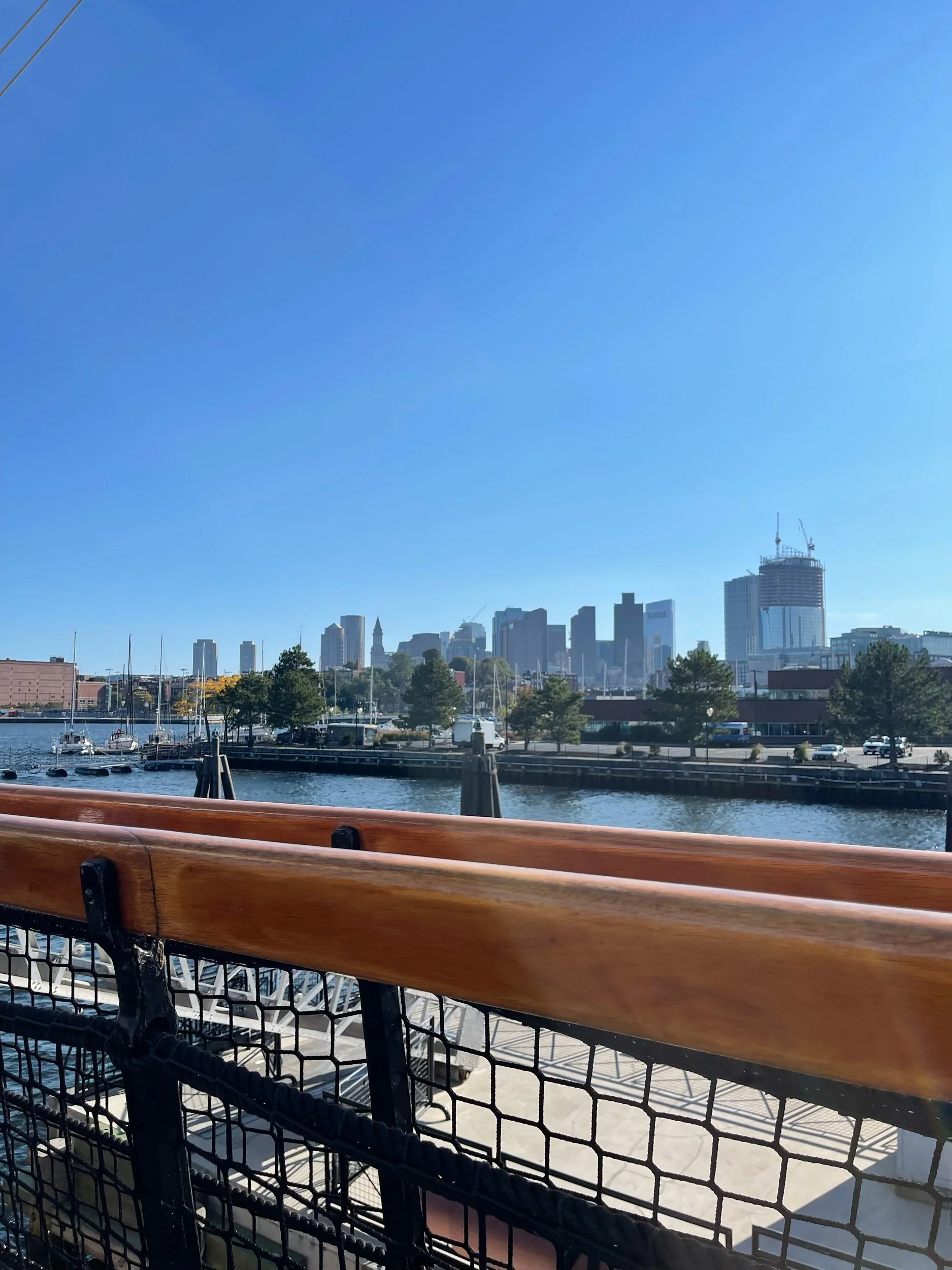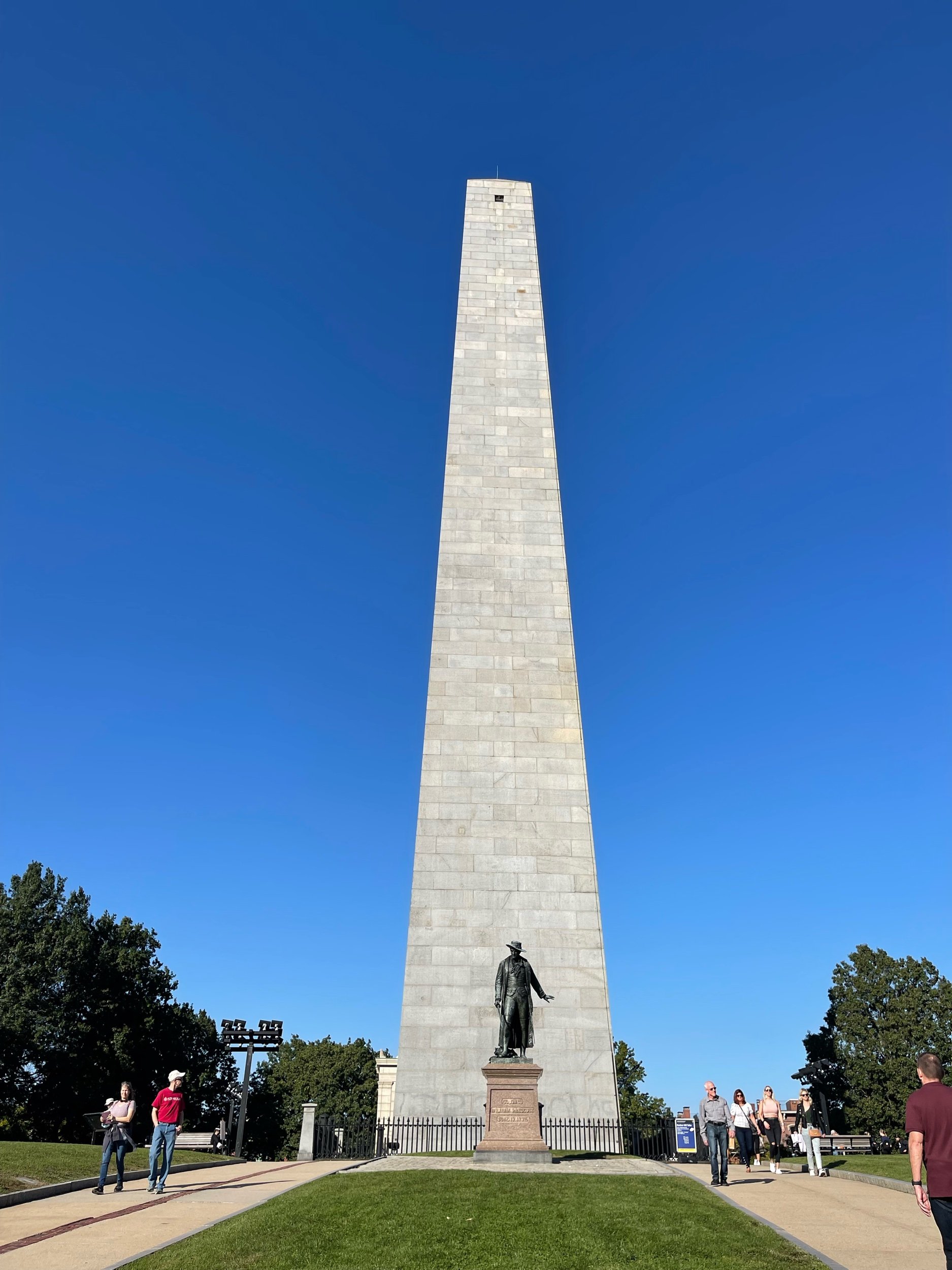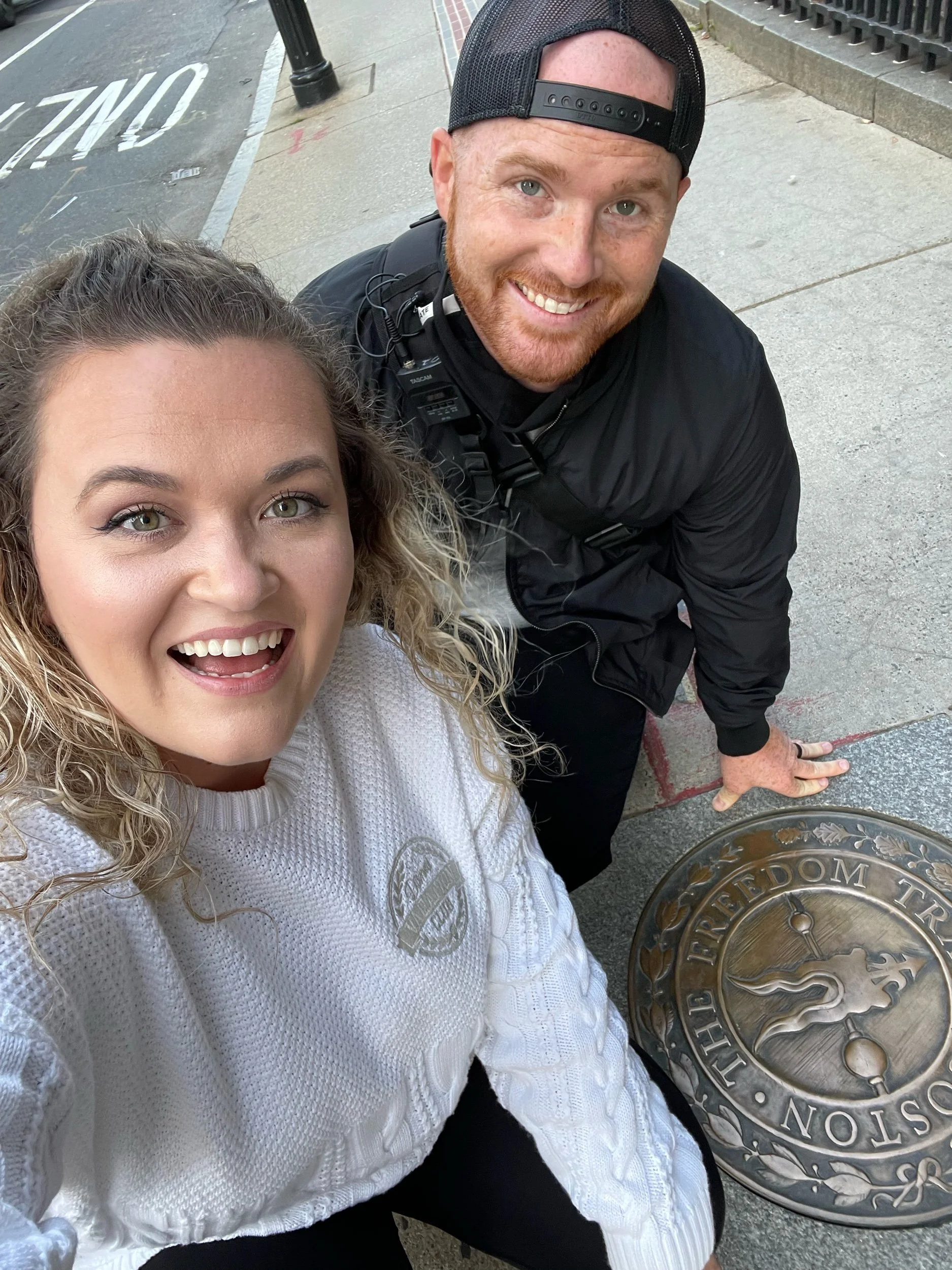Massachusetts - Freedom Trail in Boston
As one of the oldest cities in the United States and the birthplace of the American Revolution, Boston is home to many sites of national significance.
In the decades that followed the Revolution, Boston underwent a period of industrialization and growth during which several buildings were demolished. One such was the John Hancock mansion which, in the current day, would have been located in front of the left wing of the Massachusetts State House. Thanks to preservation efforts that formed in reaction to these losses, concerned Bostonians successfully saved existing historic sites from this fate. By the mid-twentieth century, these well-preserved buildings were dwarfed among the skyscrapers, major highways, and modern architecture that came to dominate Boston's skyline. As home to these places of national importance, a group of Bostonians came together to make these sites more accessible to both residents and visitors alike.
The result of their work was the Freedom Trail.
The original idea for the Freedom Trail came from Bill Schofield, Boston Herald-Traveler writer, and Bob Winn, a member of the Old North Church, both of whom noticed the need for a clearer and more concise wayfinding tool for tourists visiting Boston's historic sites.
On Monday, June 11, 1951, at 12:00 noon, Mayor Hynes officially dedicated the Freedom Trail. The City of Boston installed "a series of painted signs along 30 prominent street corners pointing toward Old Boston's most famous historical shrines." The Freedom Trail took off immediately, and in 1953, it was recorded that 40,000 visitors utilized this new wayfinding tool.
In its original form, the Freedom Trail was measured at a mile and a fifth long, beginning at Boston Common and ending in the North End. There was no red line on the ground, but a system of signs marking the path. In 1958, the red line was added and, in 1972, the Trail officially extended into Charlestown including all 16 of the present-day official Freedom Trail historic sites.
In 1974, the National Park Service established the Boston National Historical Park before bicentennial celebrations "to preserve for the benefit and inspiration of the people of the United States as a national historical park certain historic structures and properties of outstanding national significance located in Boston, Massachusetts, and associated with the American Revolution and the founding and growth of the United States." Seven of the eight sites included in this urban park are connected by the Freedom Trail.
Today over 22 million visitors to Boston each year and annual attendance on the entire Trail is over 4 million people. The Freedom Trail Foundation is dedicated to marketing, promoting, and helping to preserve the Freedom Trail through varied tourist services and activities, educational programs, and marketing and public relations efforts. The Foundation’s Preservation Fund helps support preservation, rehabilitation, and capital projects for official Freedom Trail historic sites; these projects help avoid, minimize, or mitigate adverse effects of the elements and manmade wear and tear of Boston’s precious 17th-, 18th-, and 19th-century sites.


